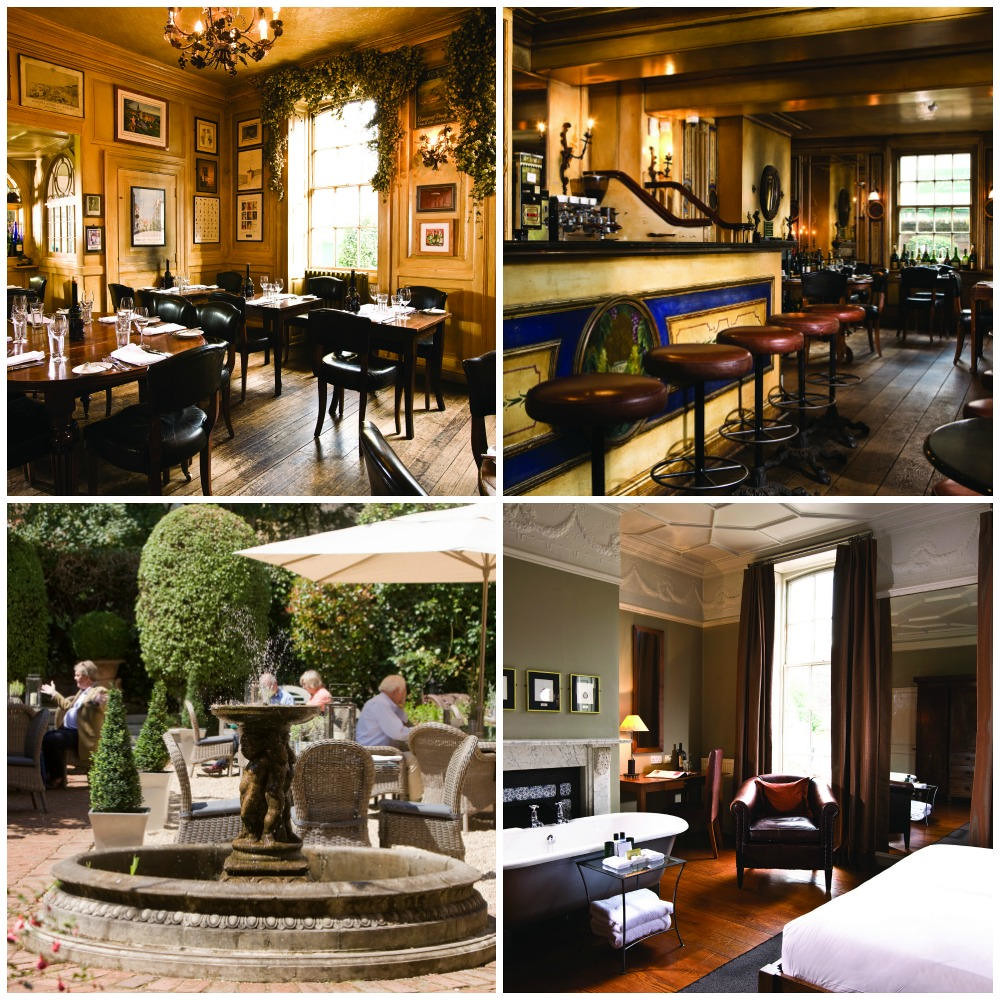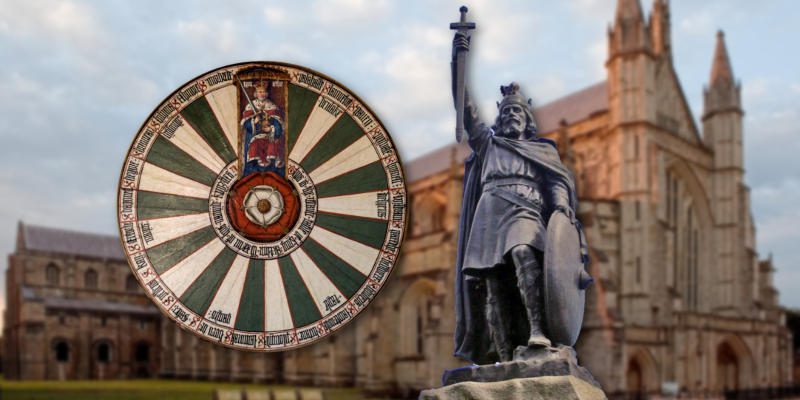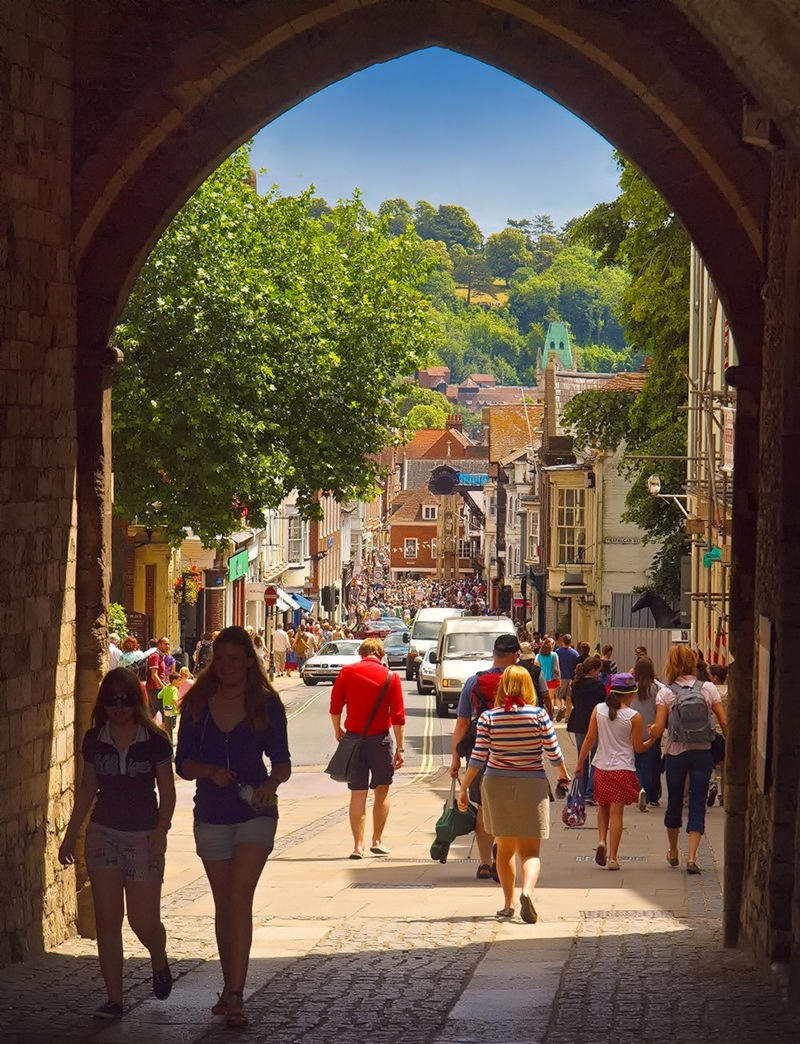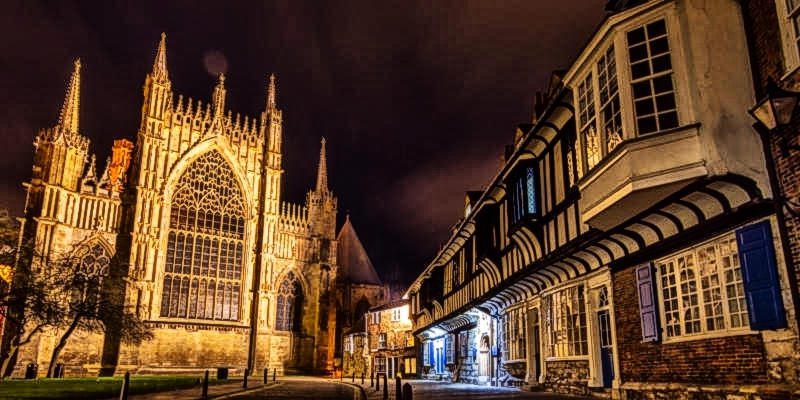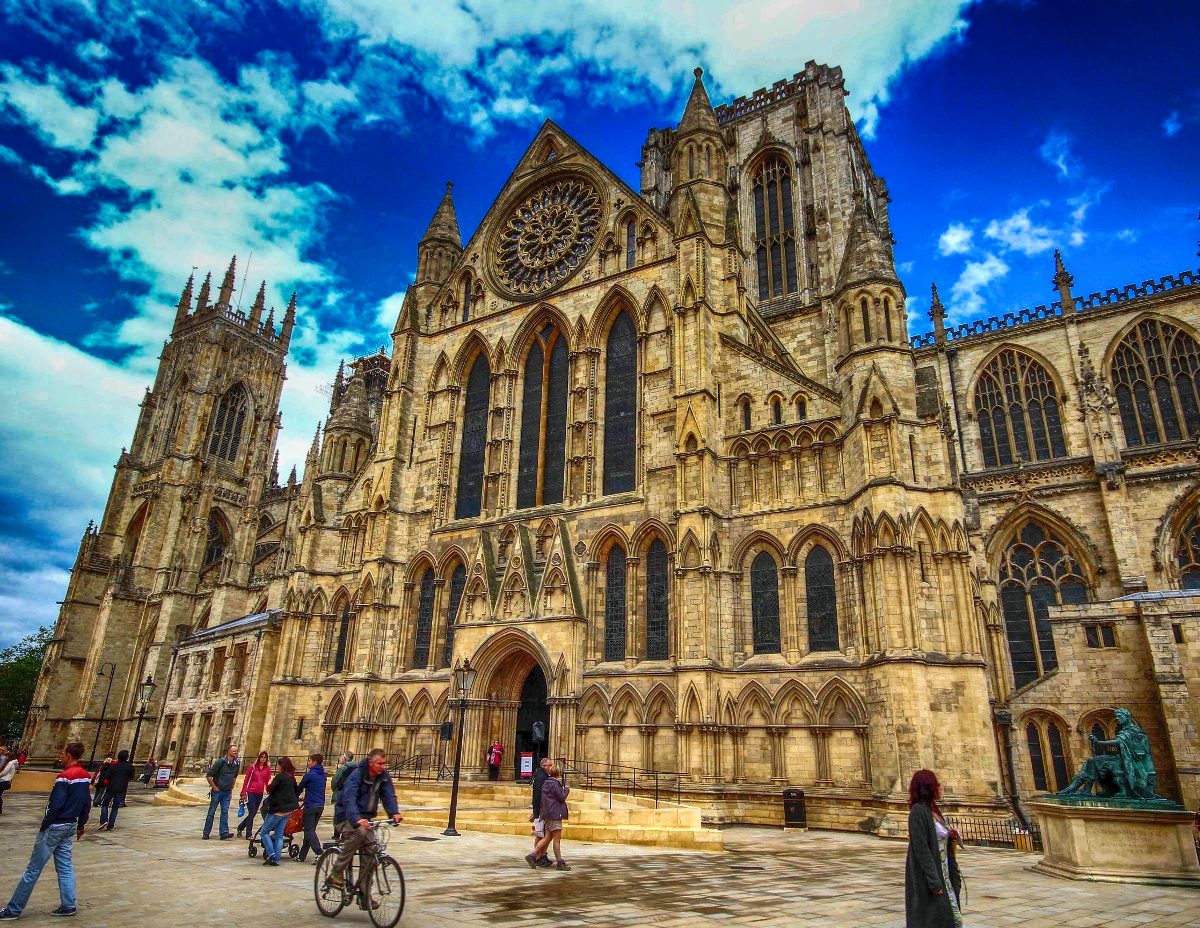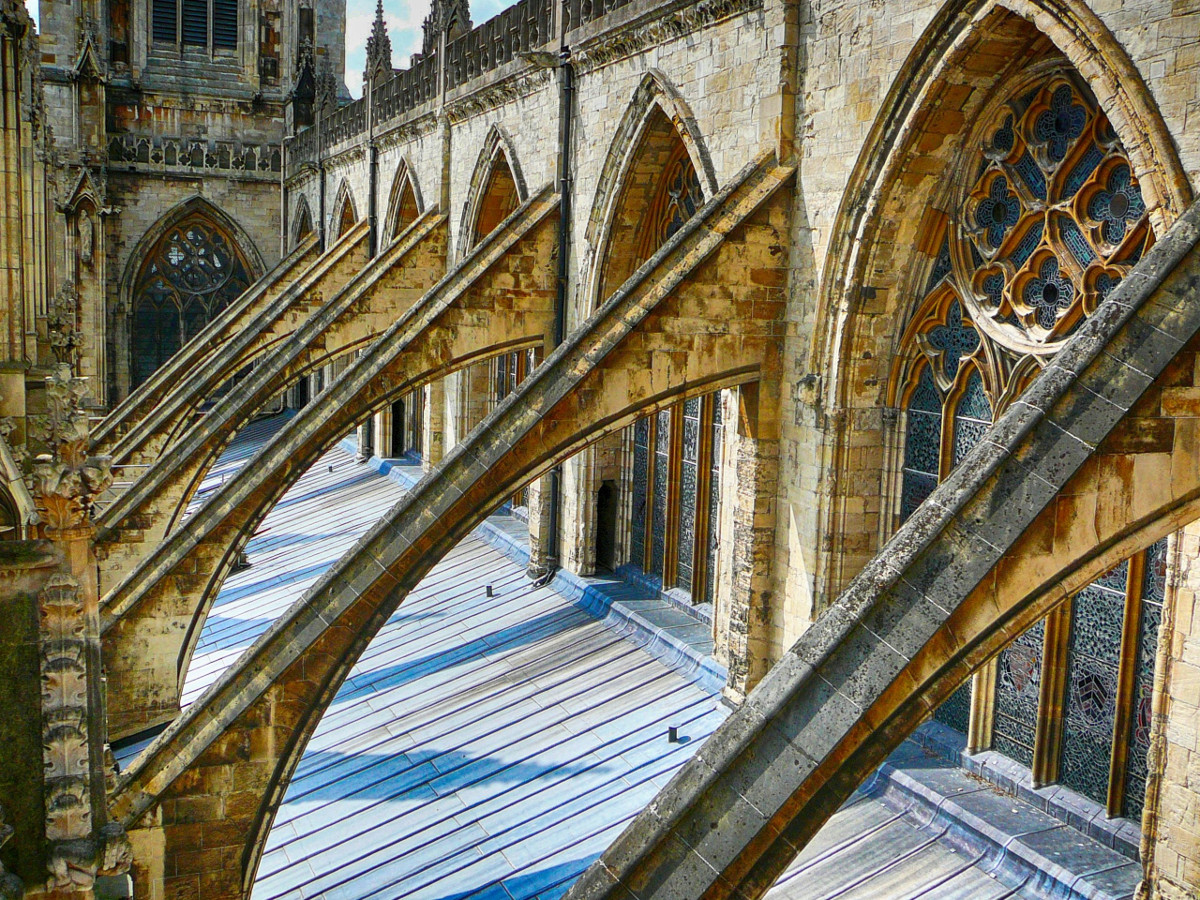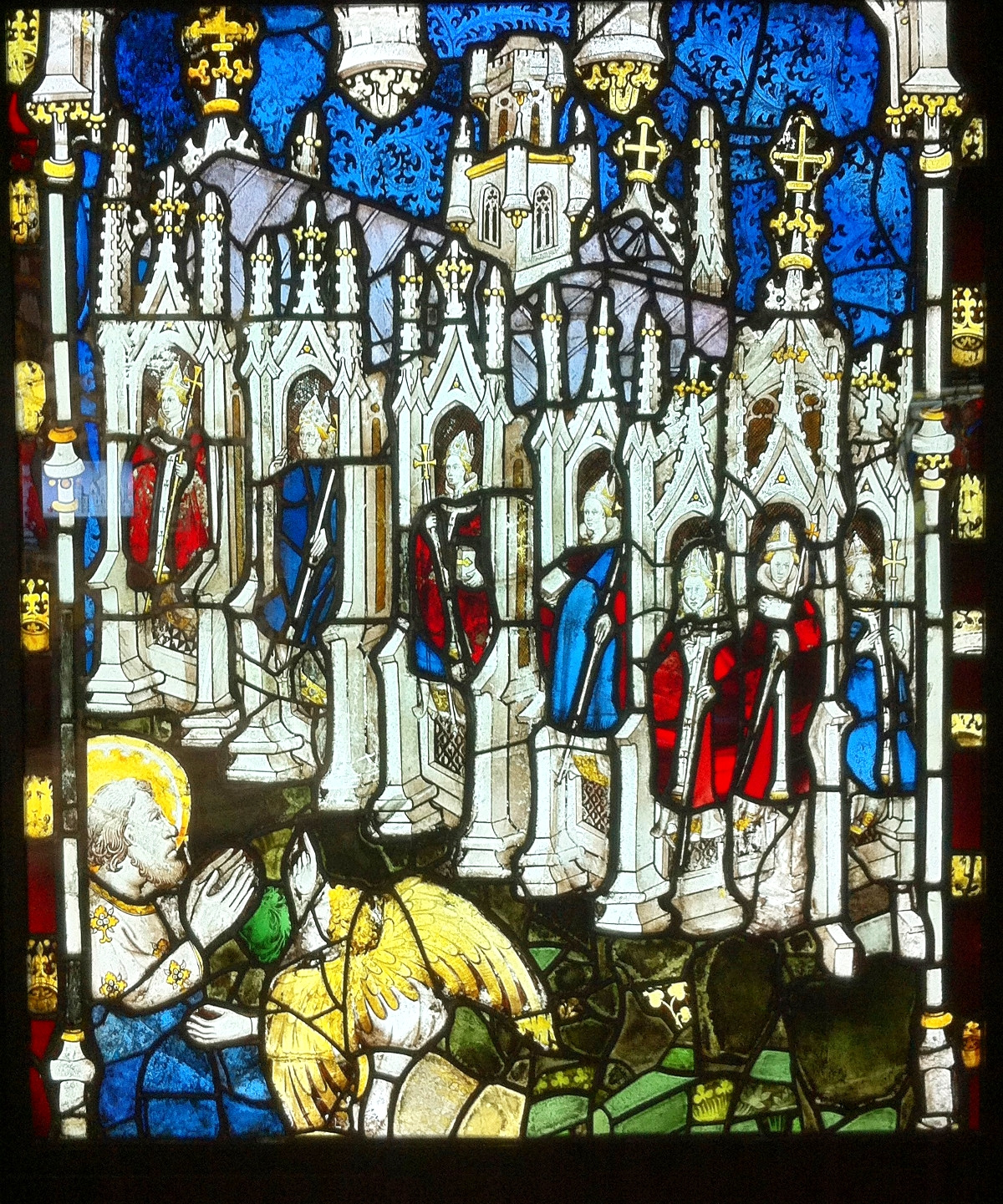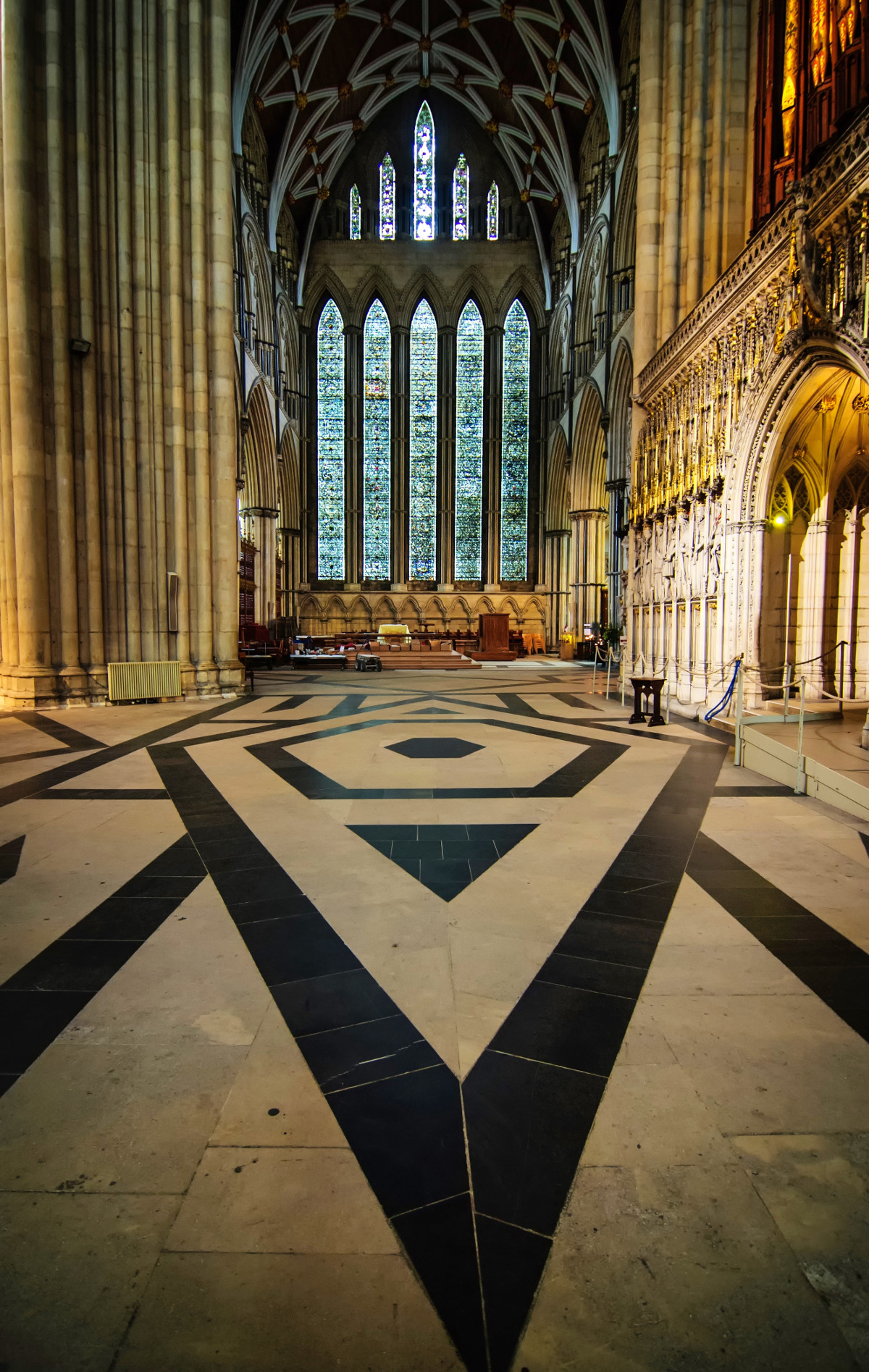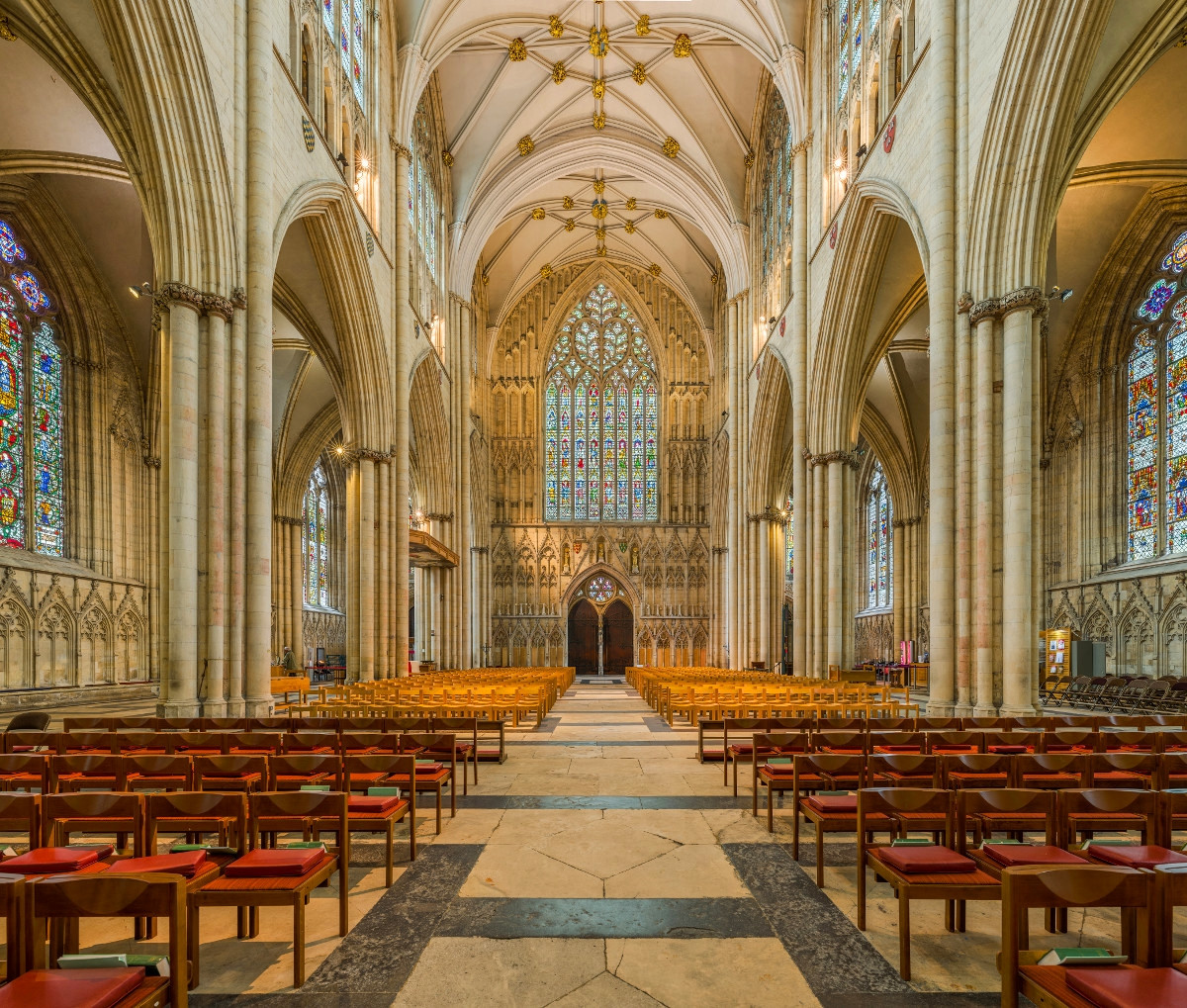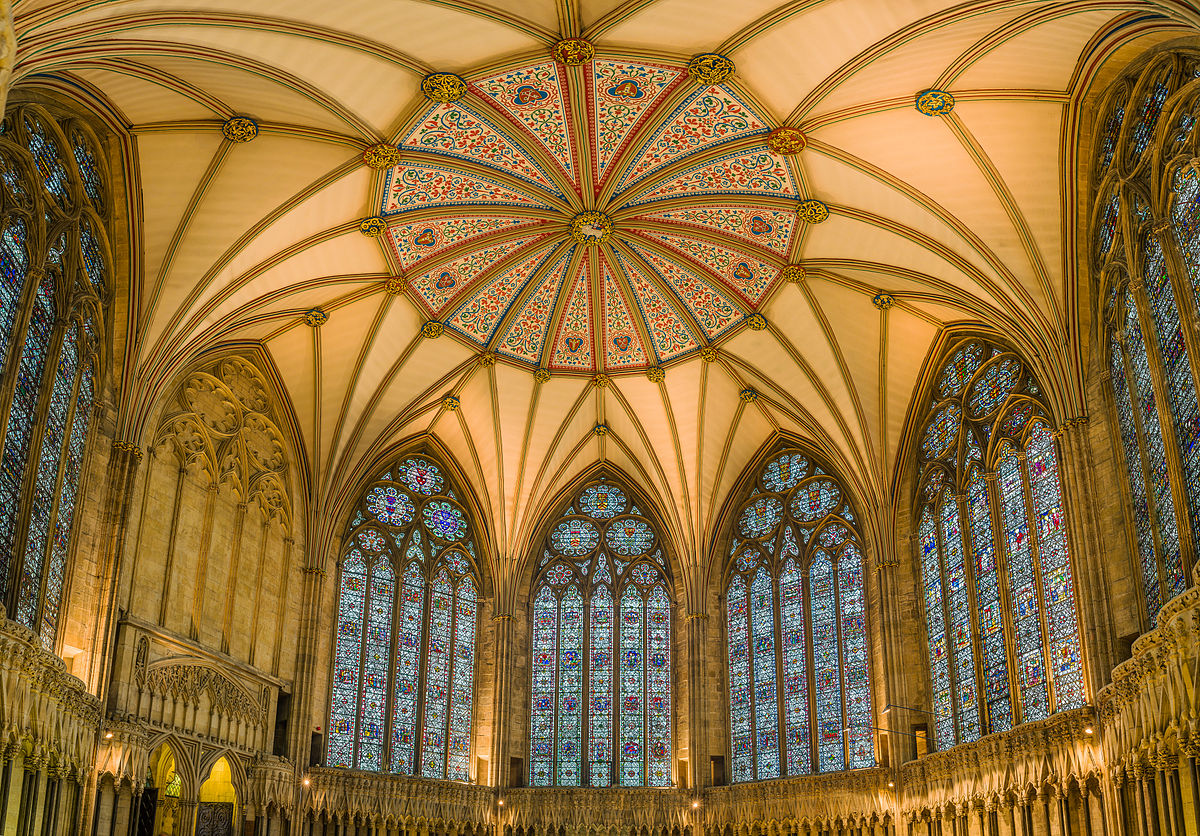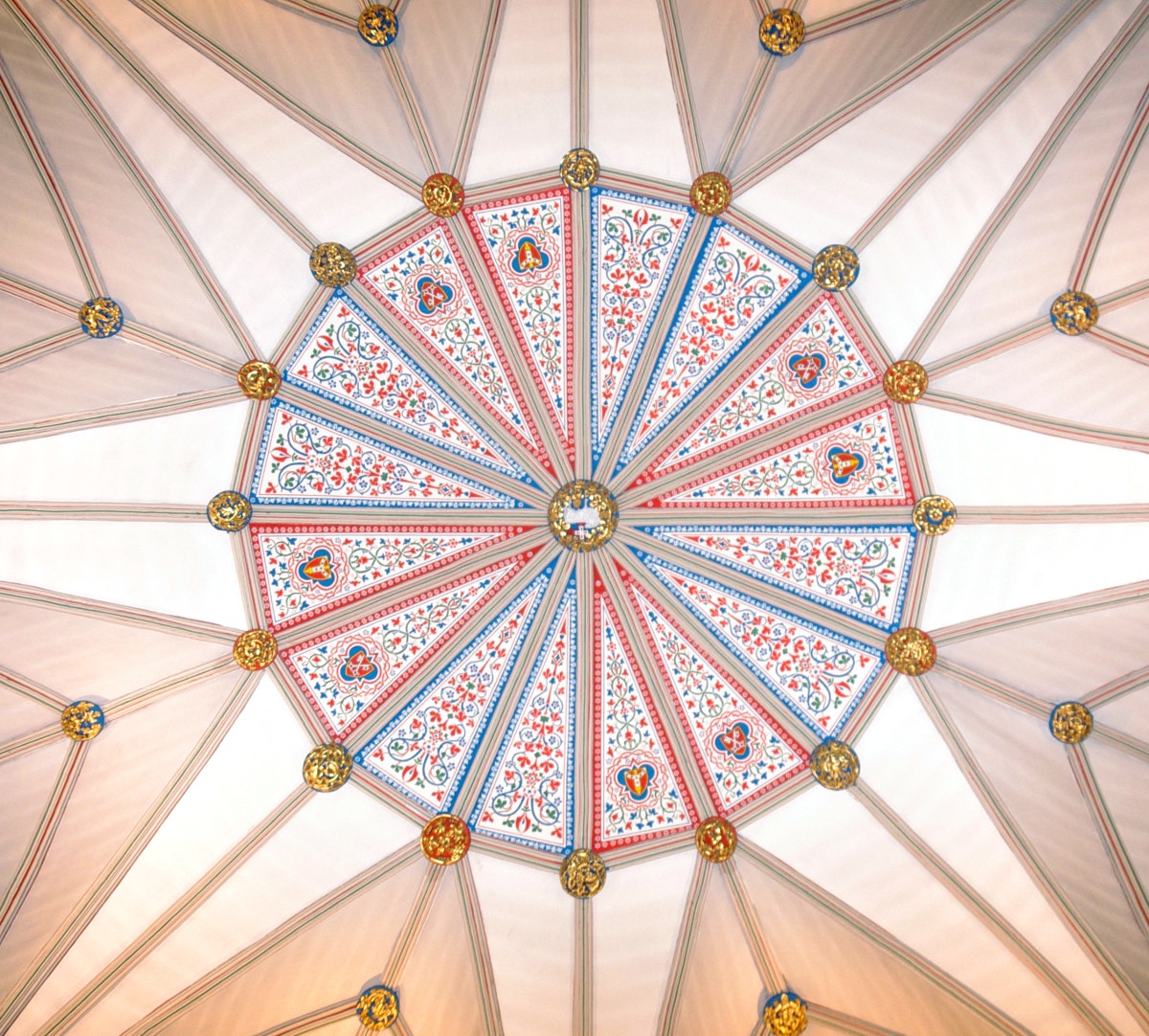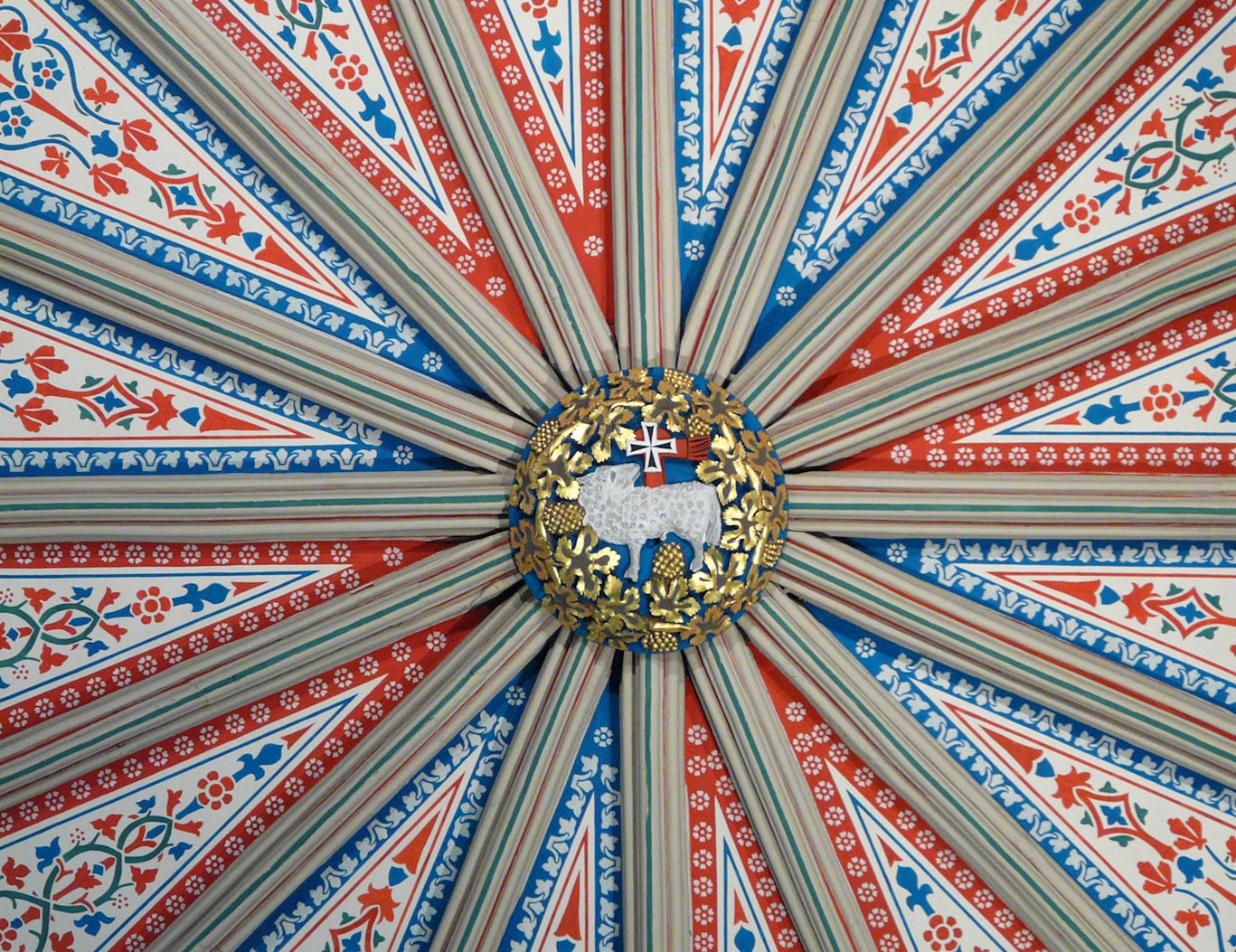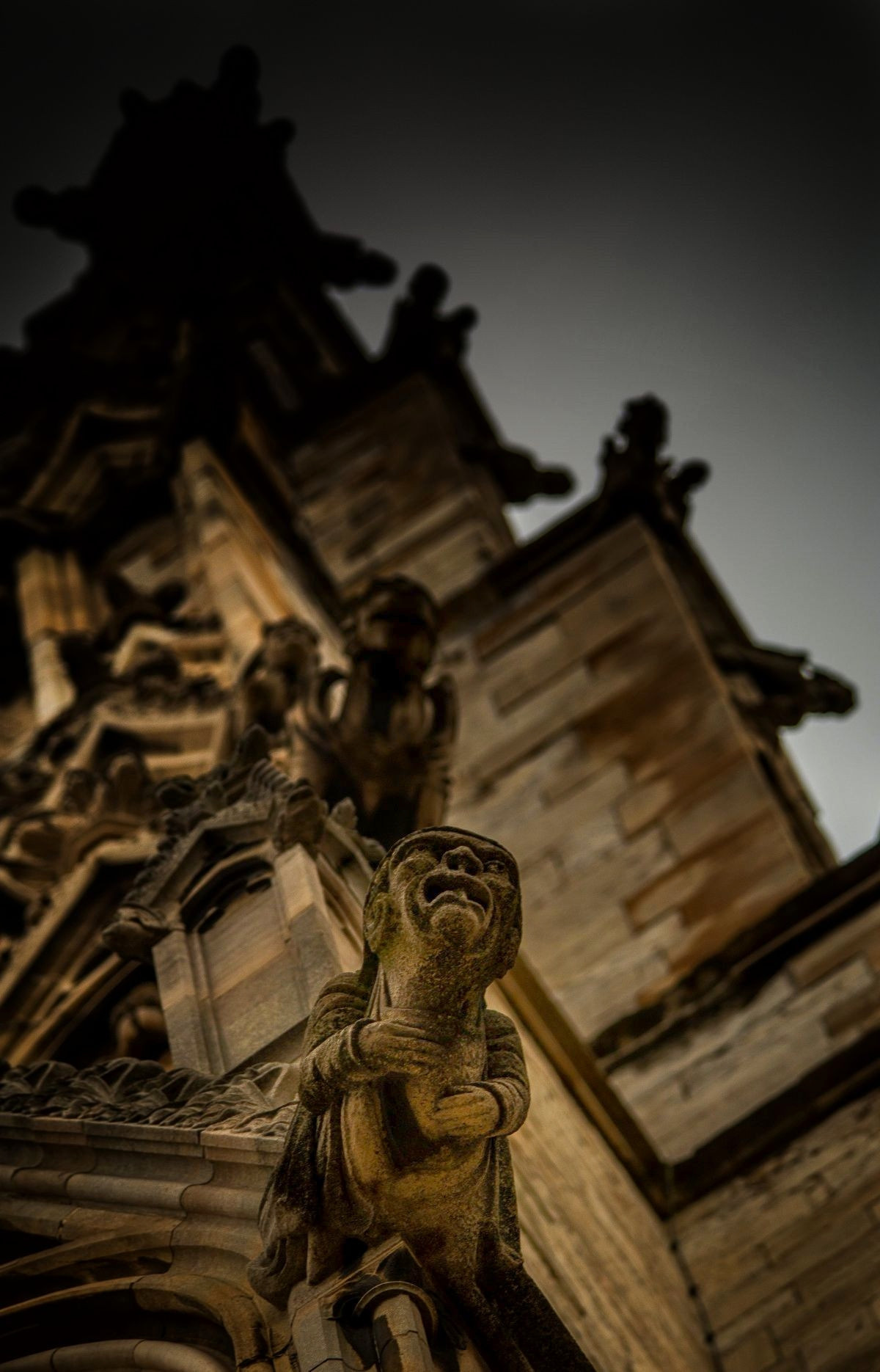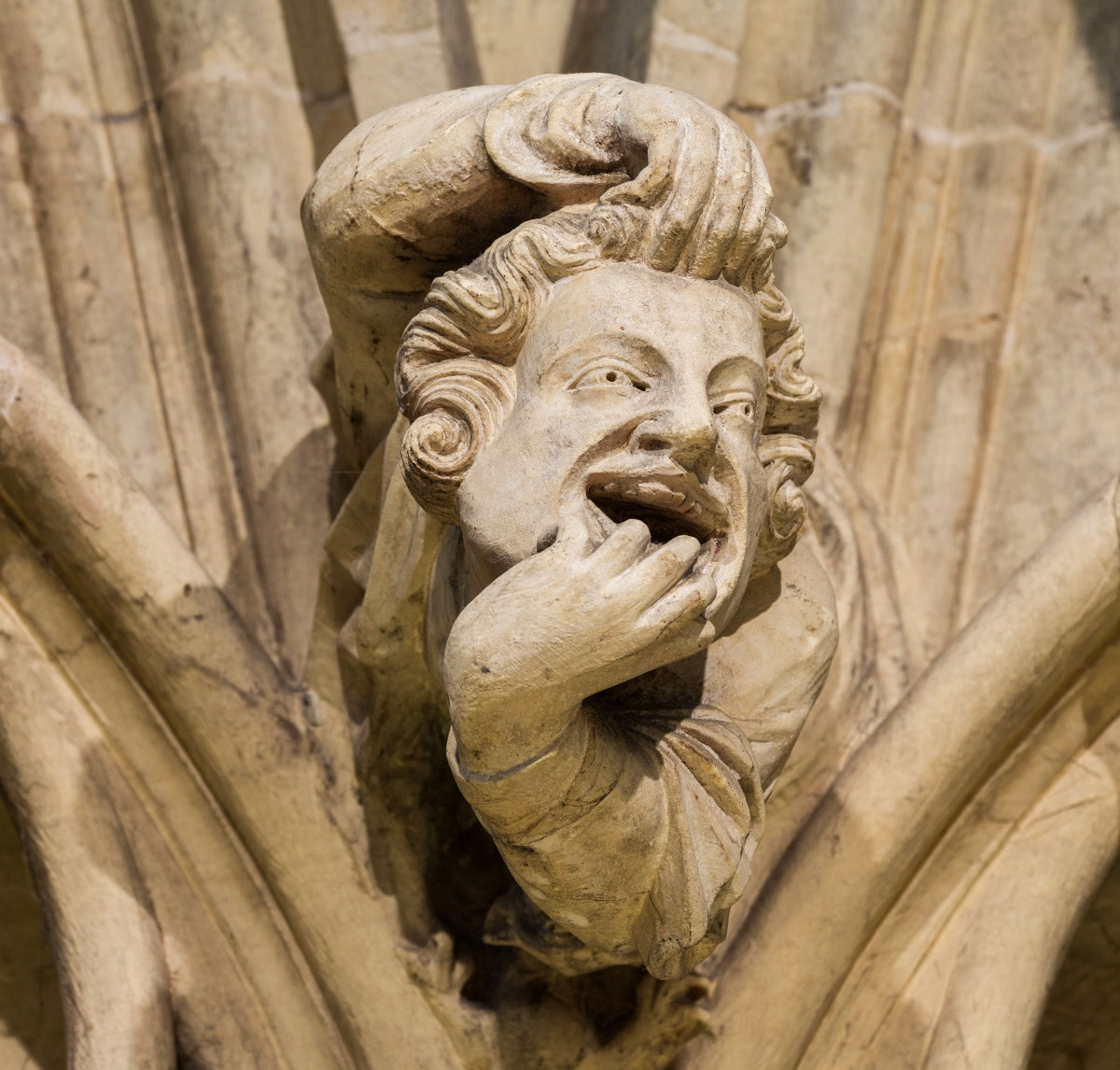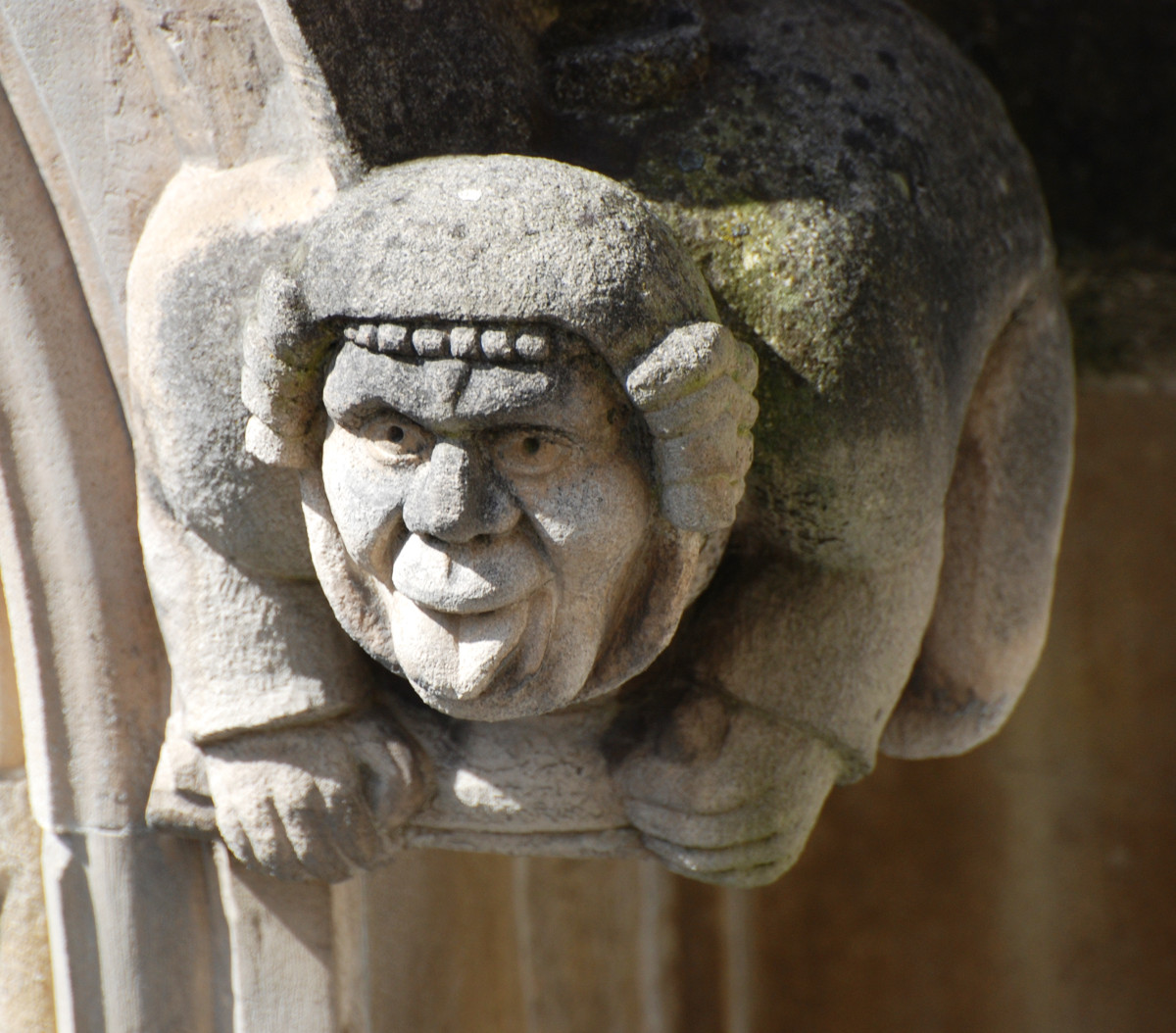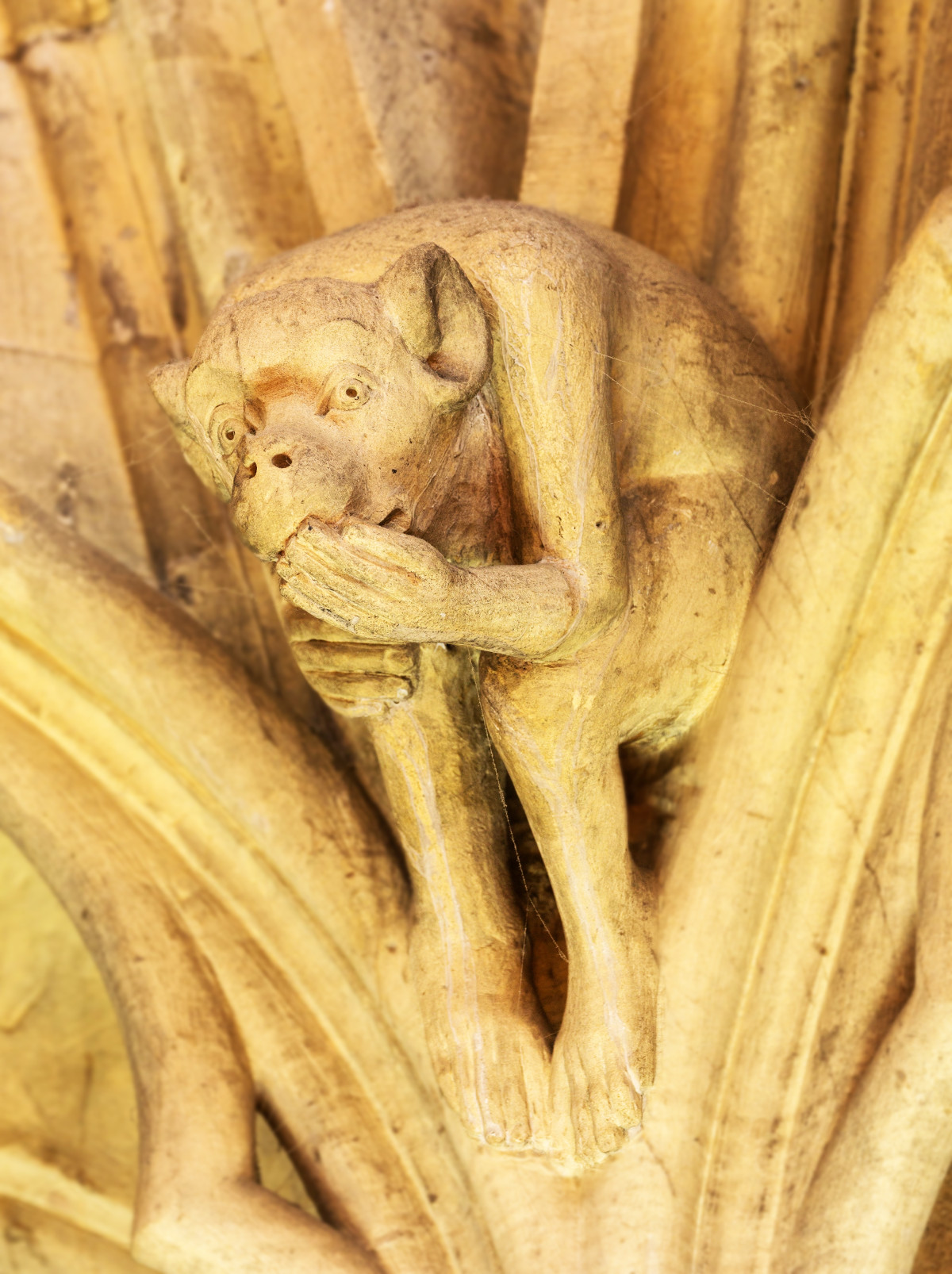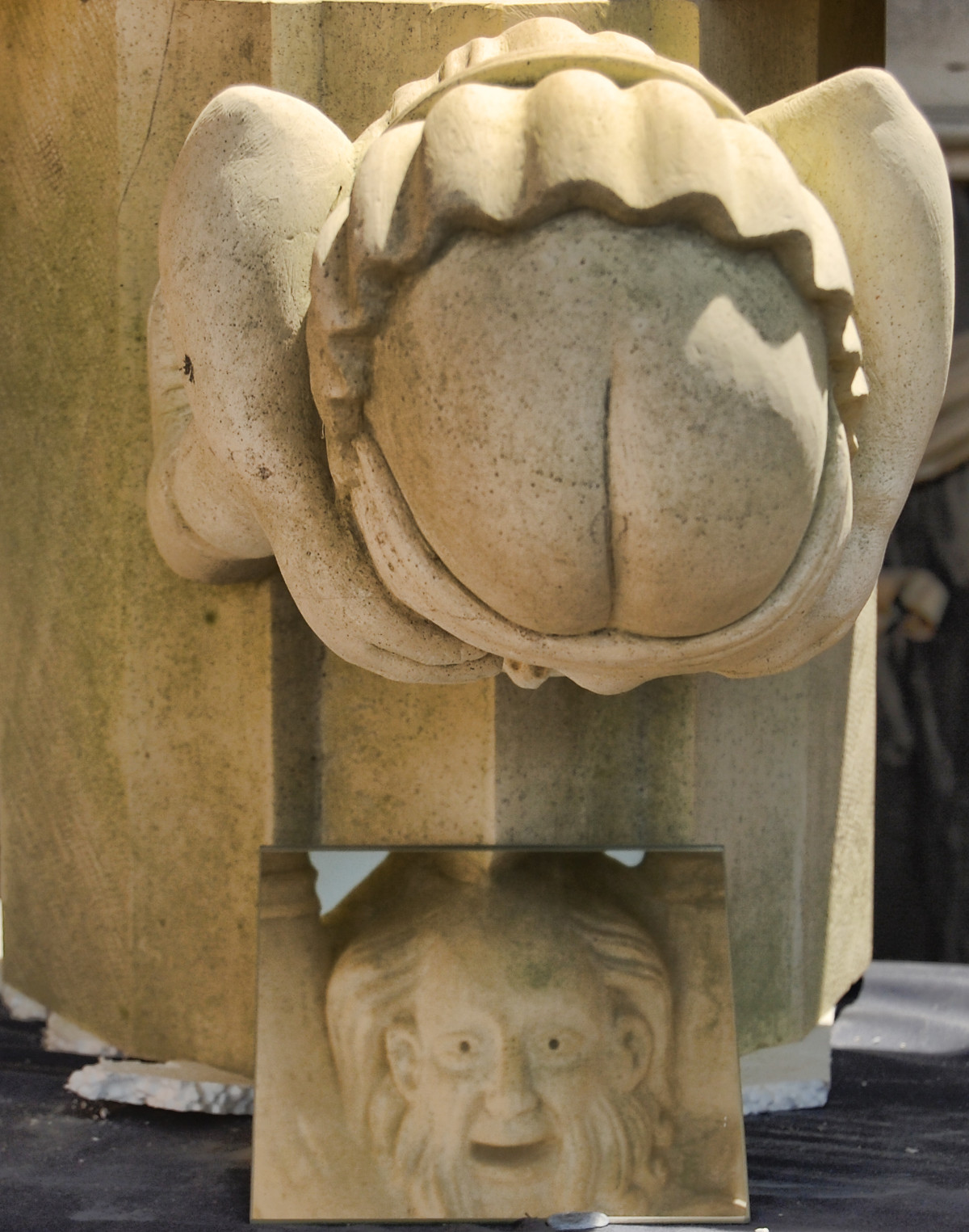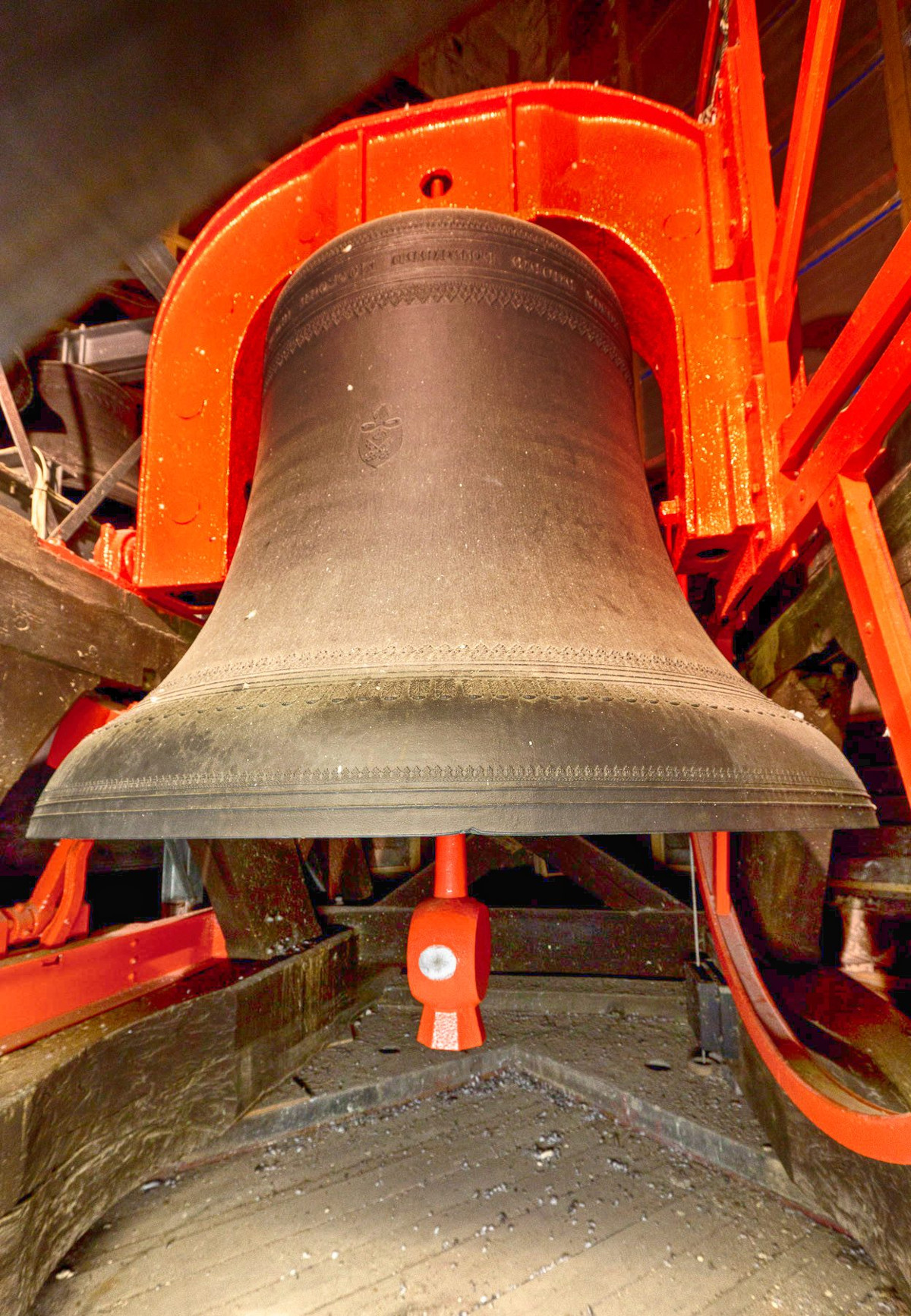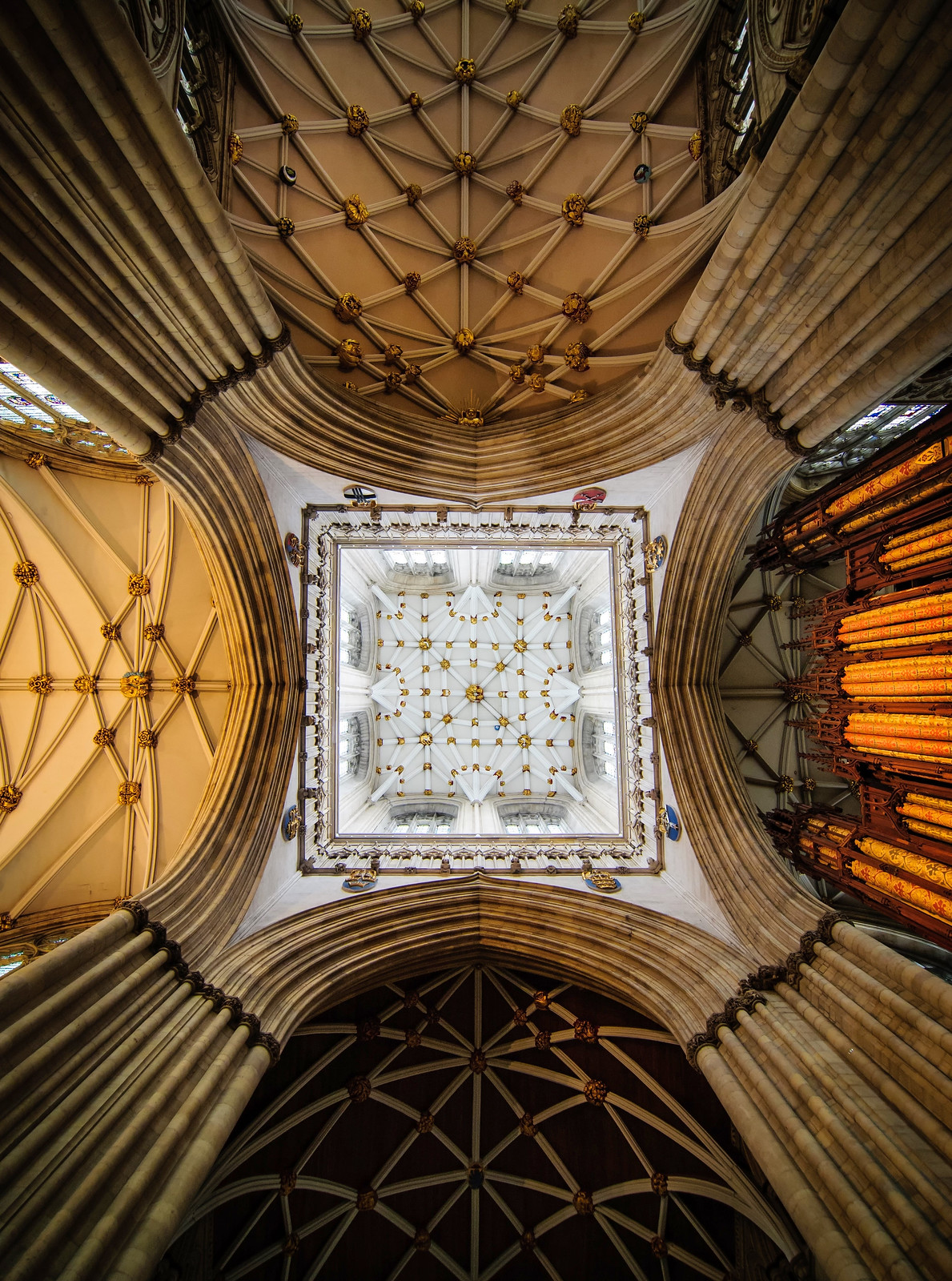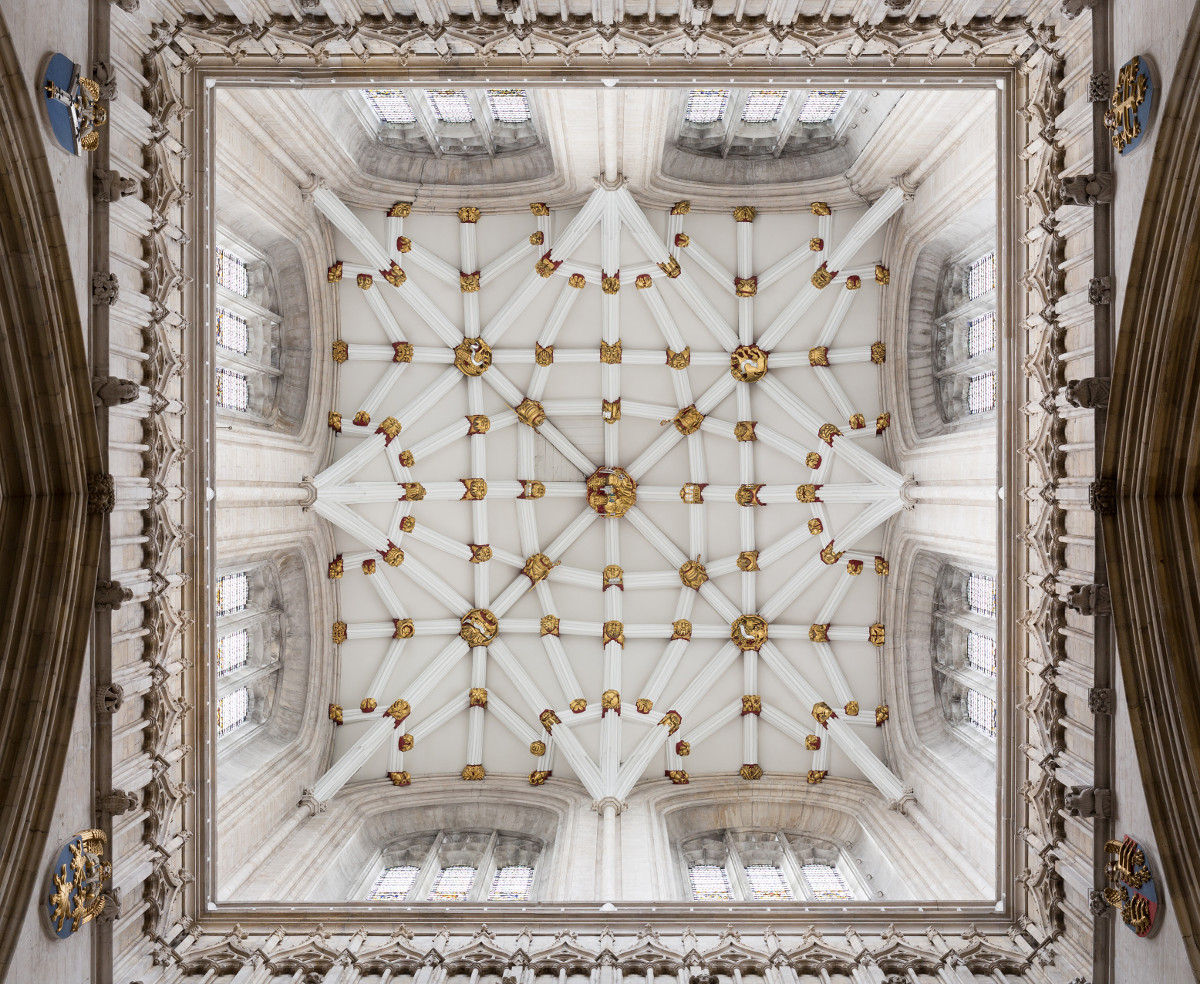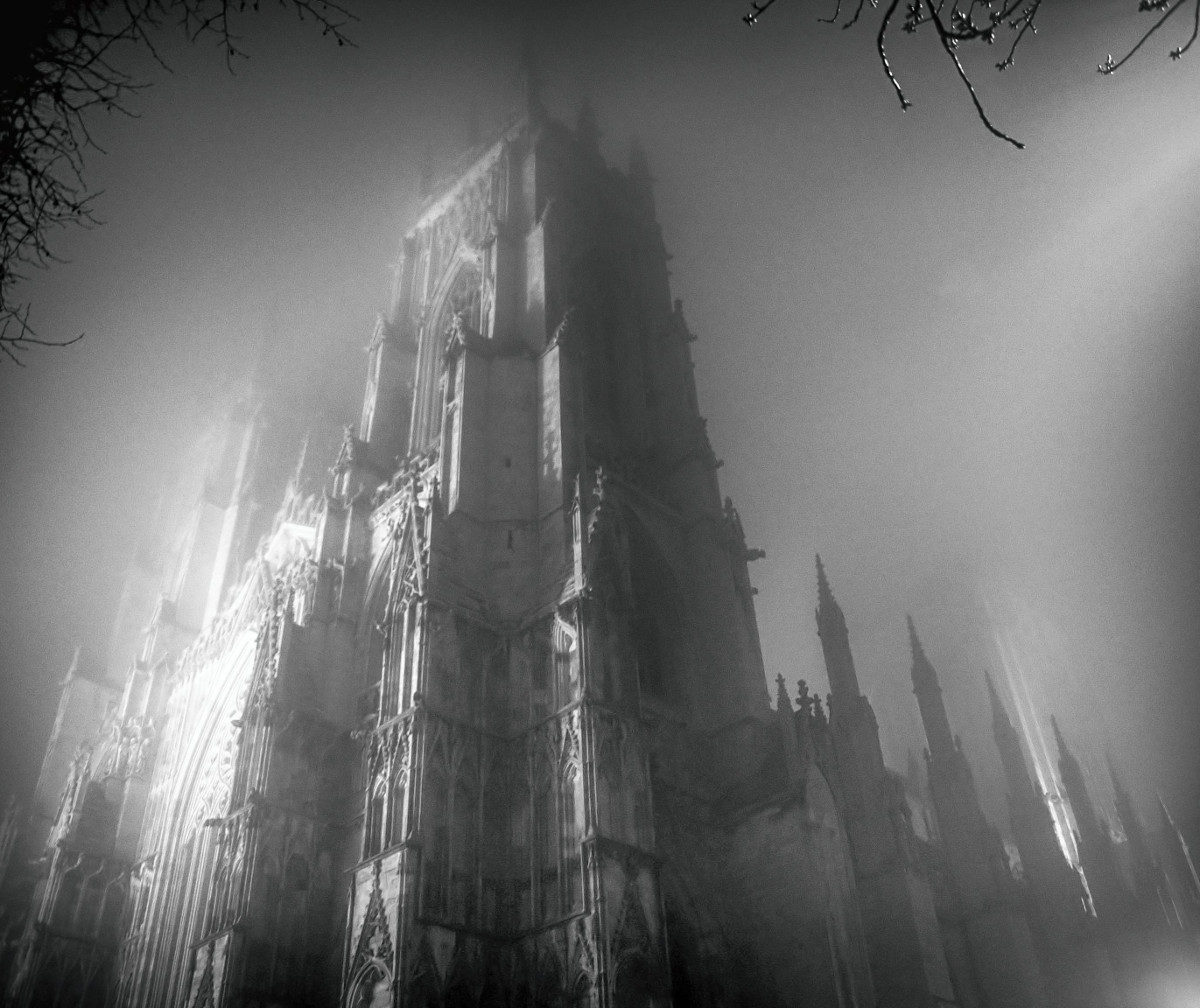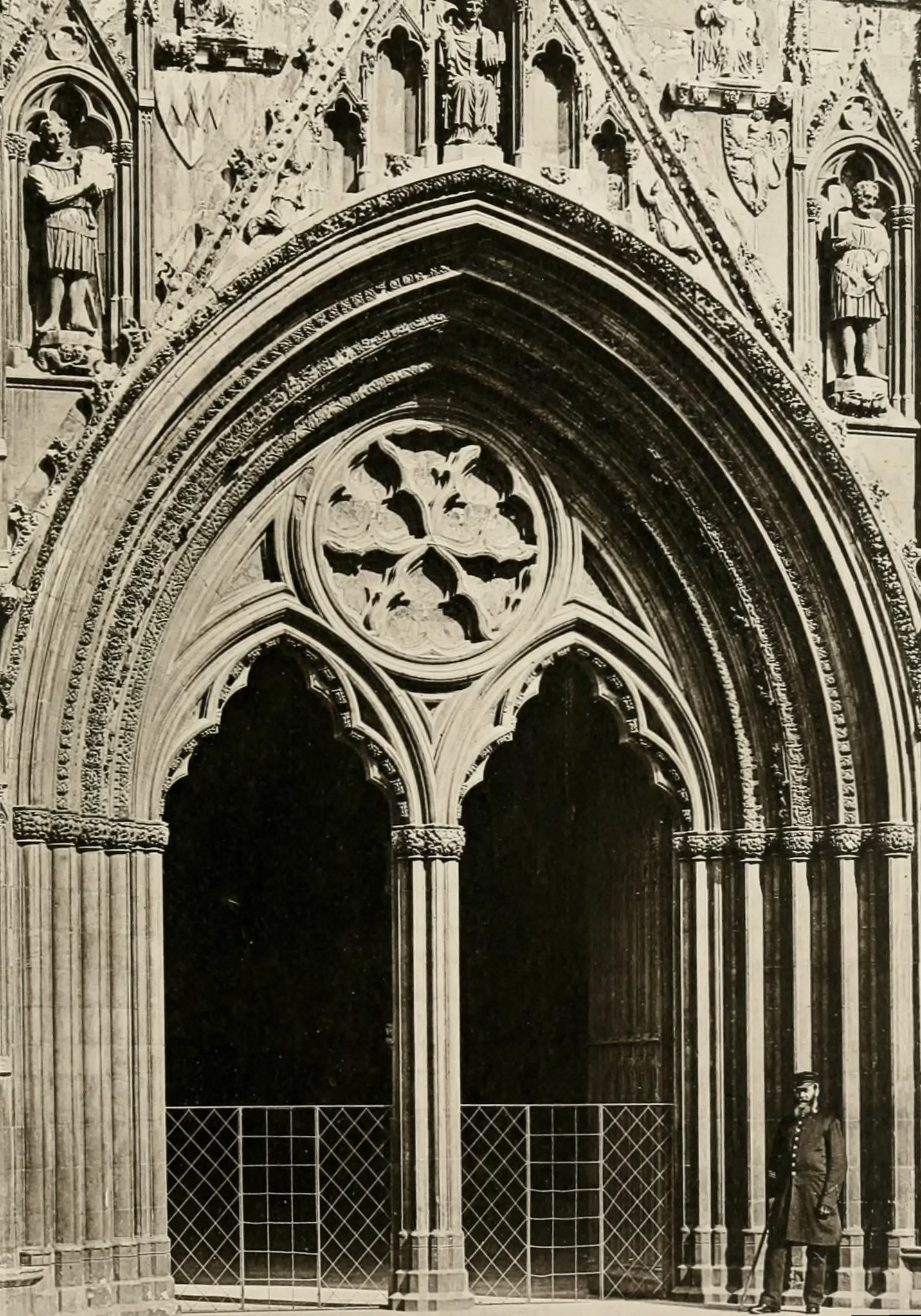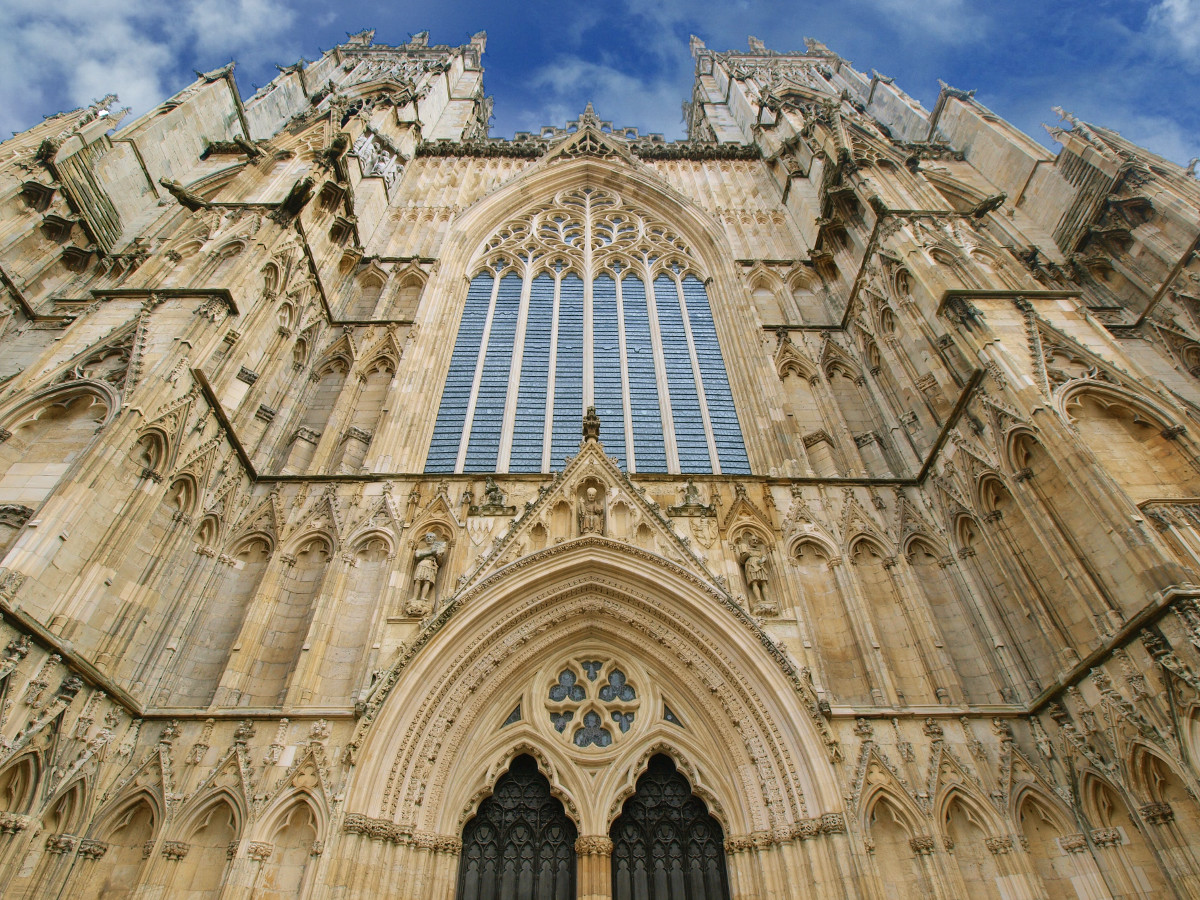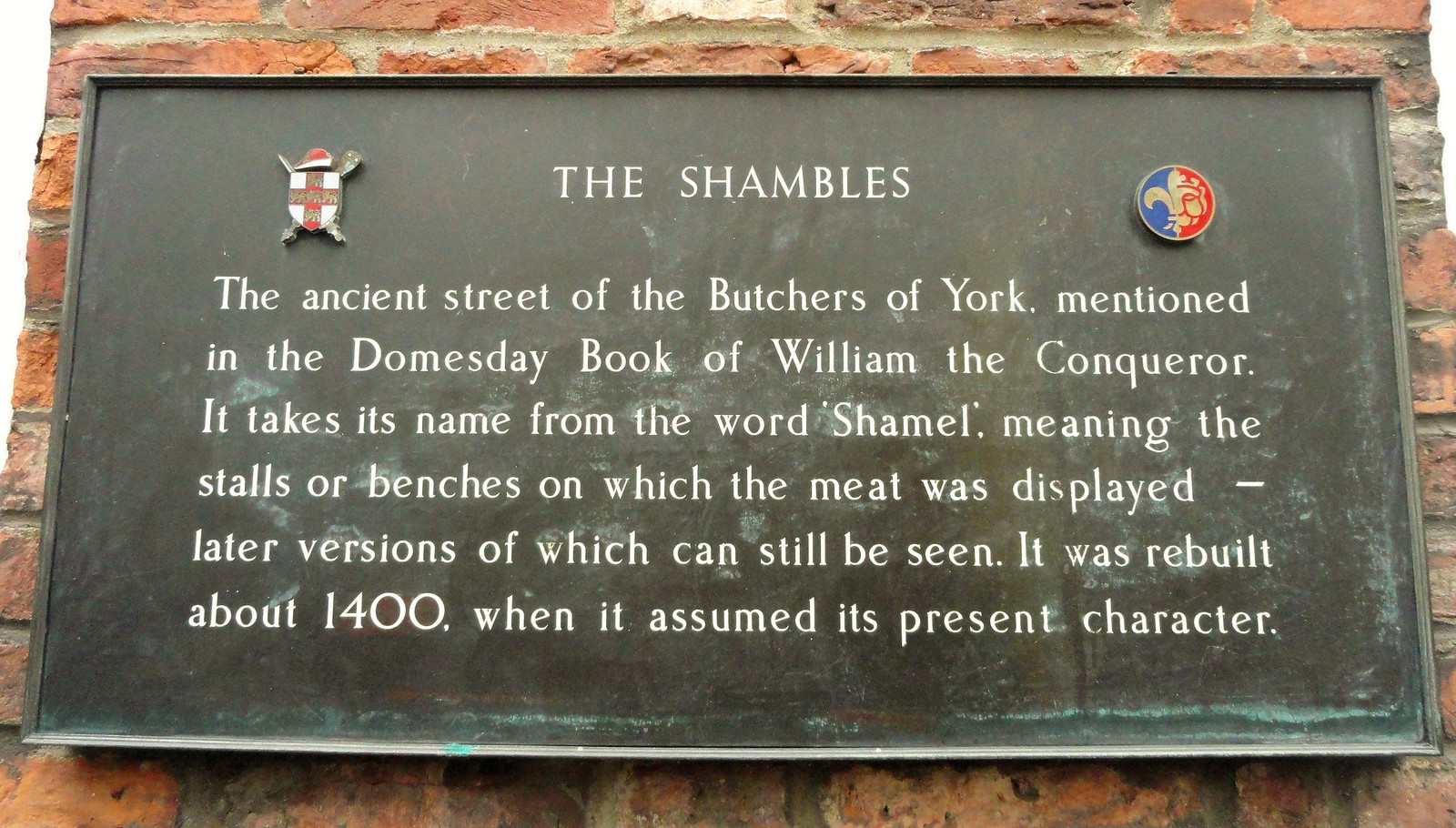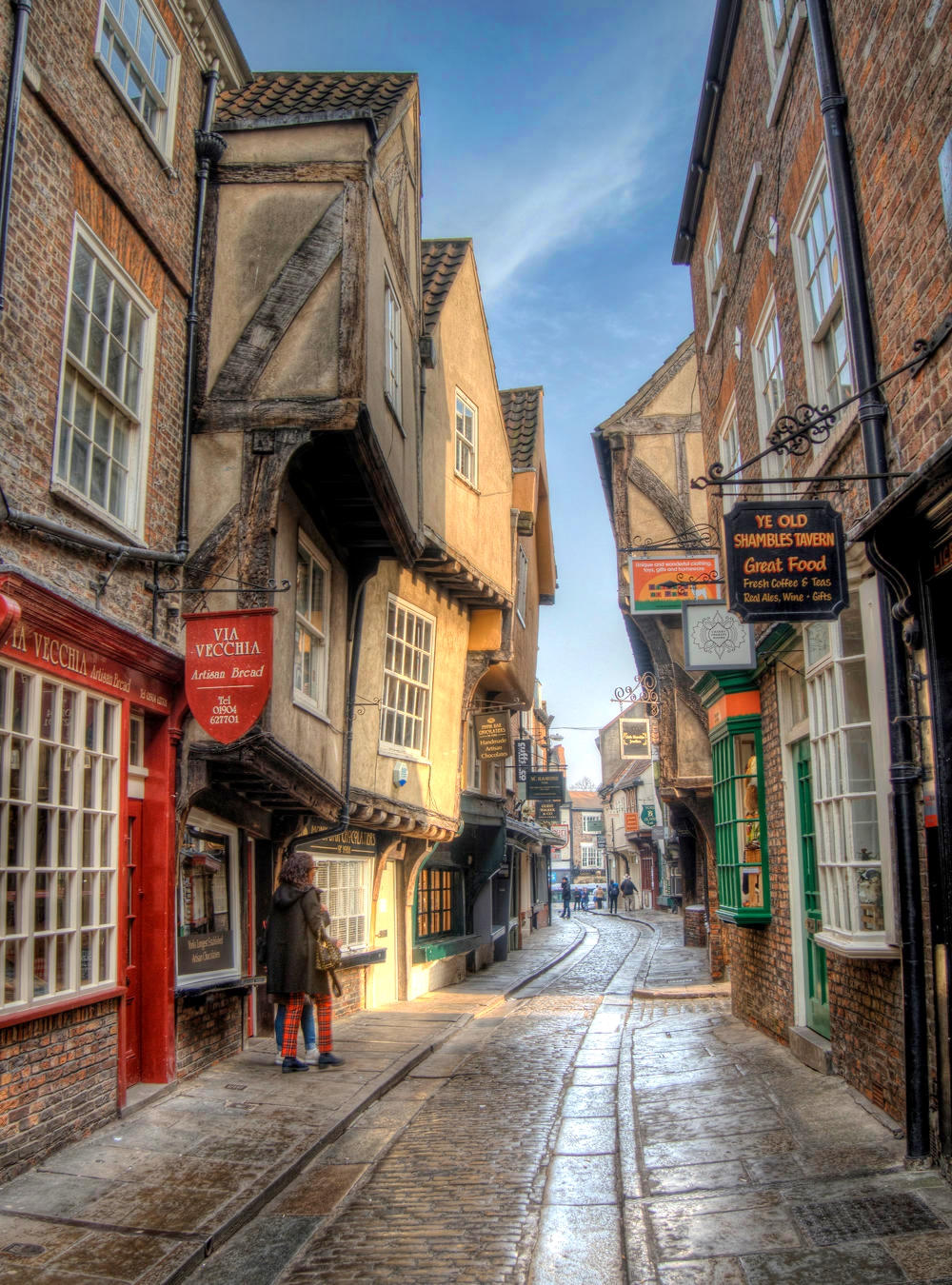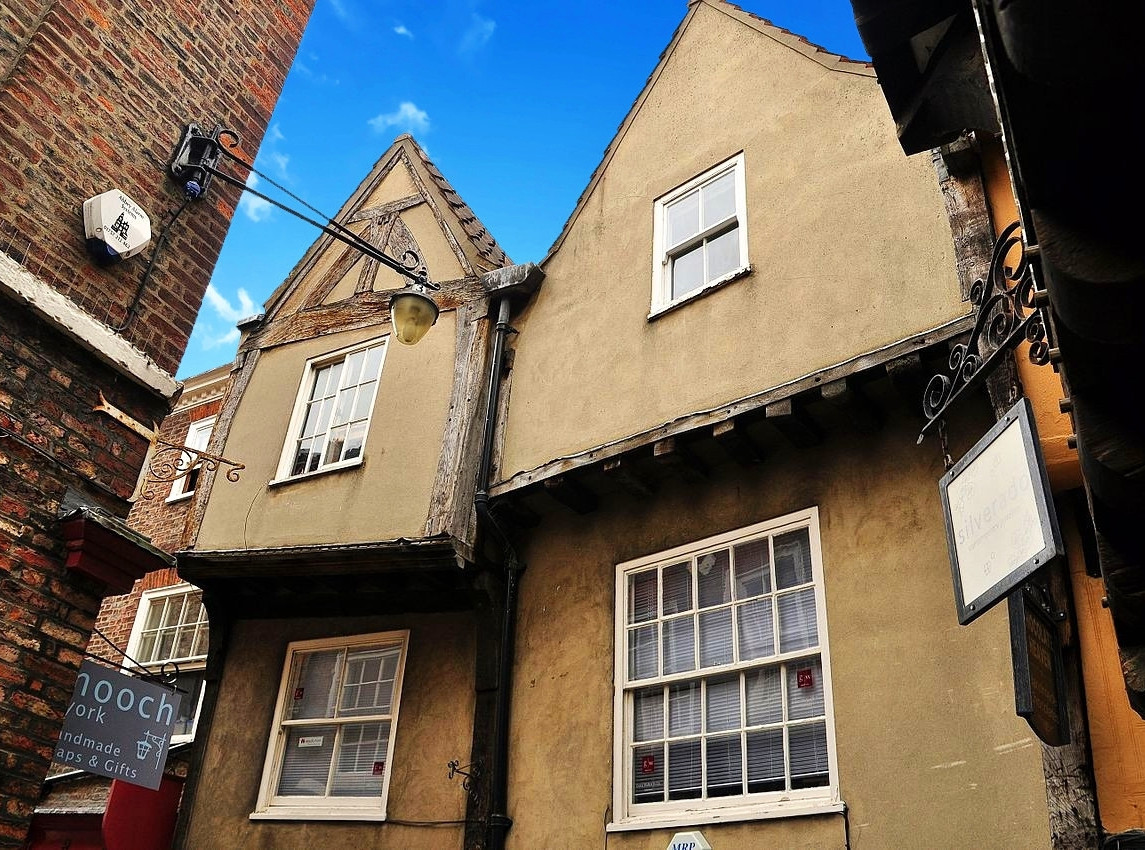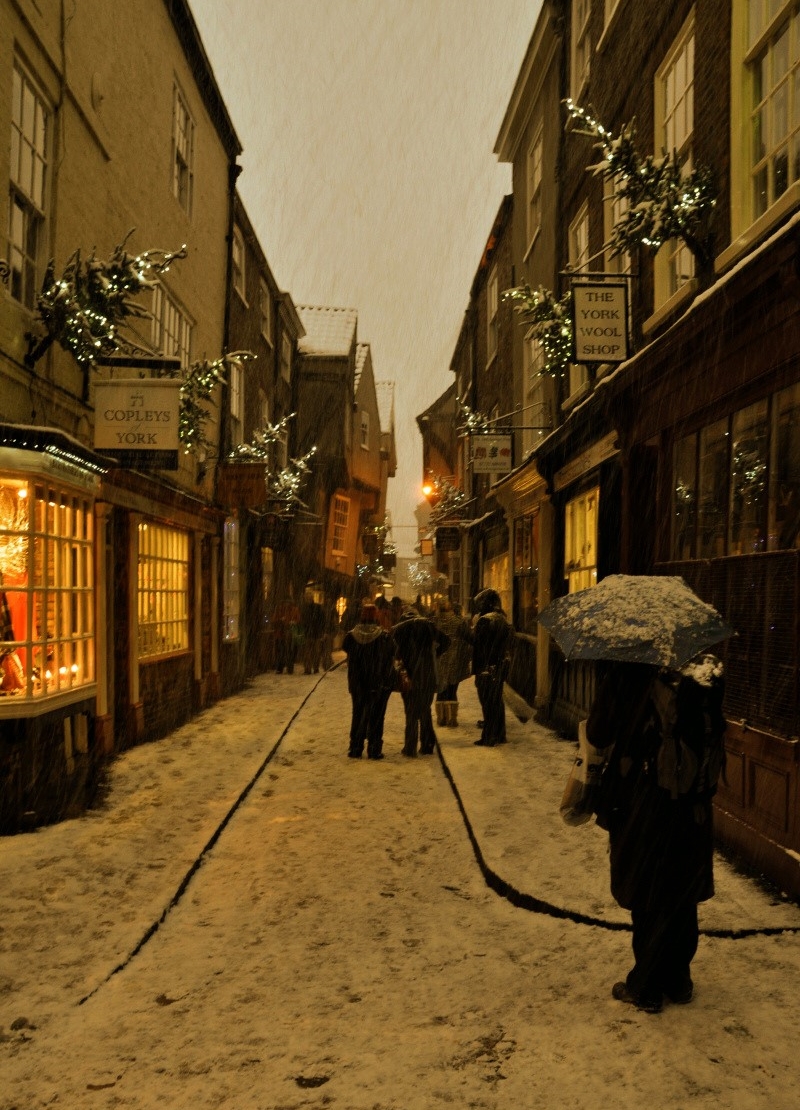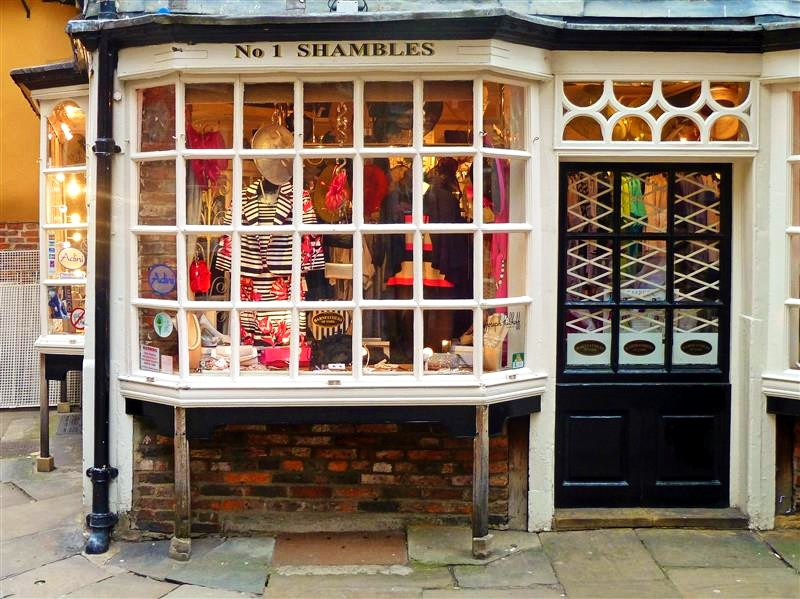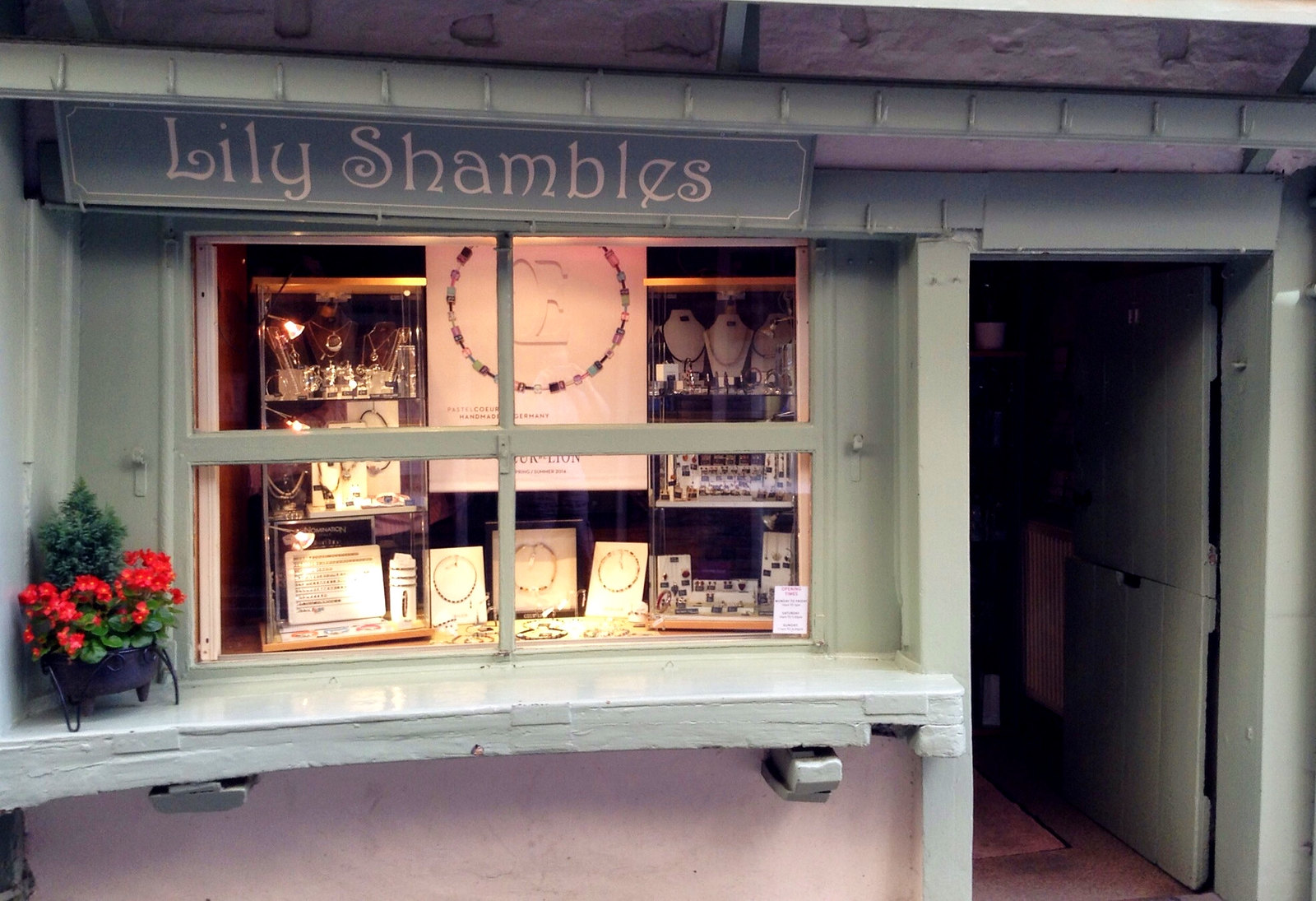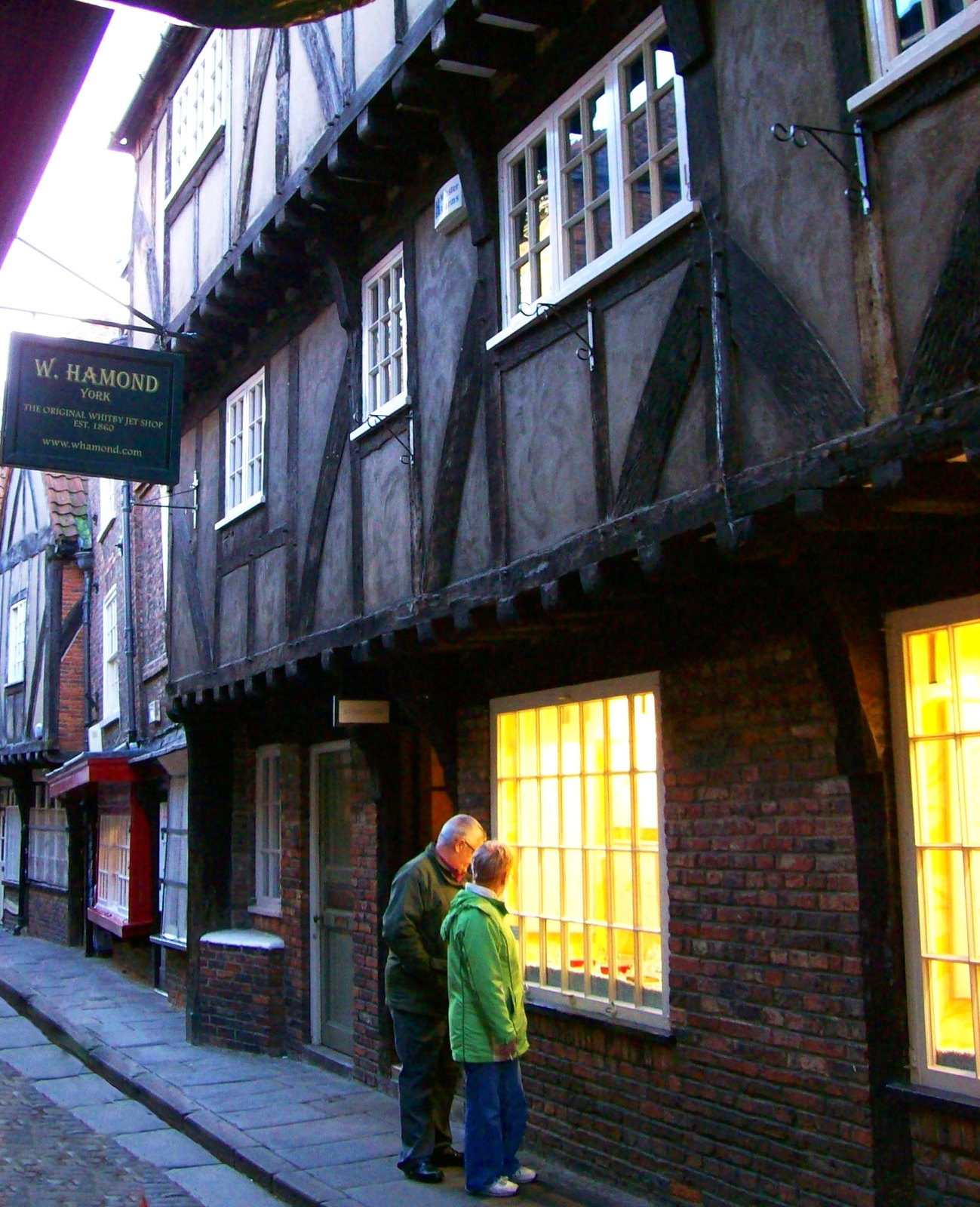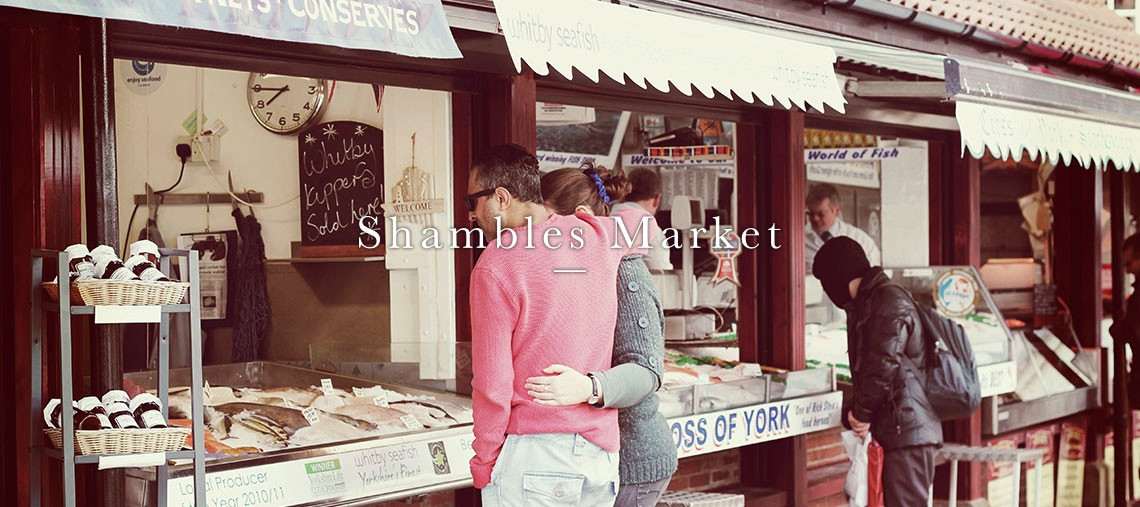Steeped in history and legend, Winchester is a reminder of Britain’s mythical past.
Soak up the gothic splendor of Winchester Cathedral, stroll along ancient river walks, laugh at street theatre, or relax over wine or a fine ale.
Winchester is an adventure in time.
Here are 10 reasons you’ll fall in love with Winchester.
1. Ancient Capital of England
Honored by a huge statue 17 feet high, Alfred the Great stands watching over the city he built on top of the old Roman settlement of Venta Belgarum.
Today it is known as Winchester—the Anglo-Saxon capital of England before London.

Venta Belgarum means “Town of the Belgae”—a confederation of tribes mostly living in present day Belgium, but some living in southern England.
Following the Roman invasion of Britain, the Romans founded the settlement in around 70 AD and developed it into a major trading center with city walls, before withdrawing from Britain some 340 years later.
During diggings at the corner of Little Minster Street and Minster Lane in 1878, a beautiful Roman mosaic was discovered.
Depicting a dolphin, you can see the mosaic on display at the Winchester City Museum.
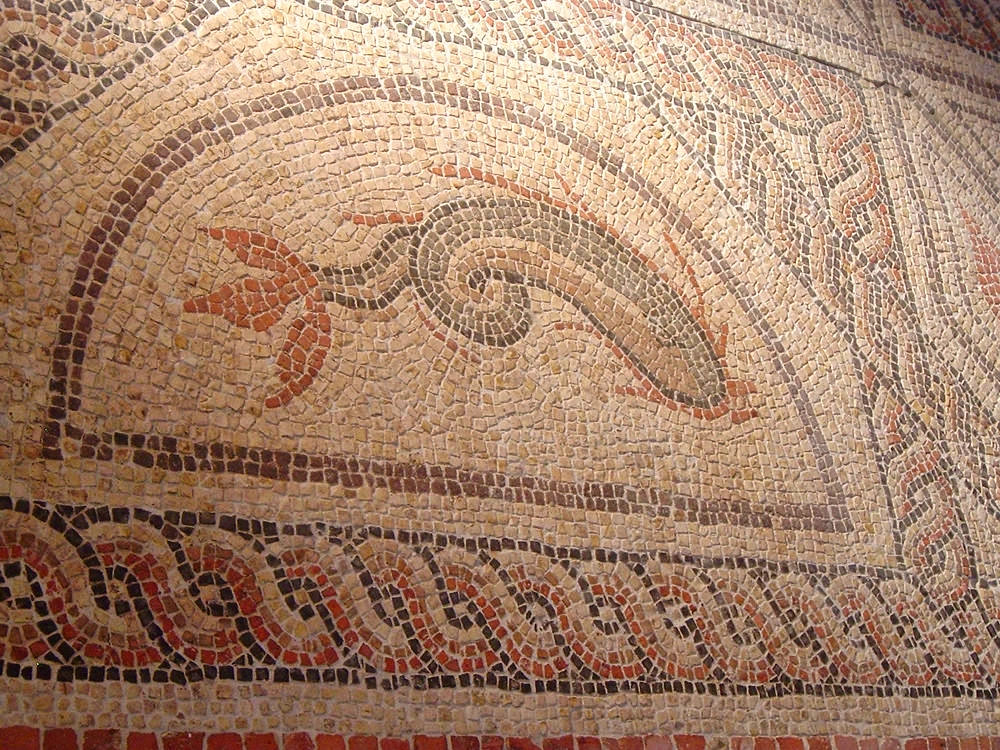
But Winchester’s history goes back much further to the Iron Age (1200 BC – 1 BC), with the remains of three hill forts all in the nearby vicinity—Oram’s Arbour, St. Catherine’s Hill, and Worthy Down.
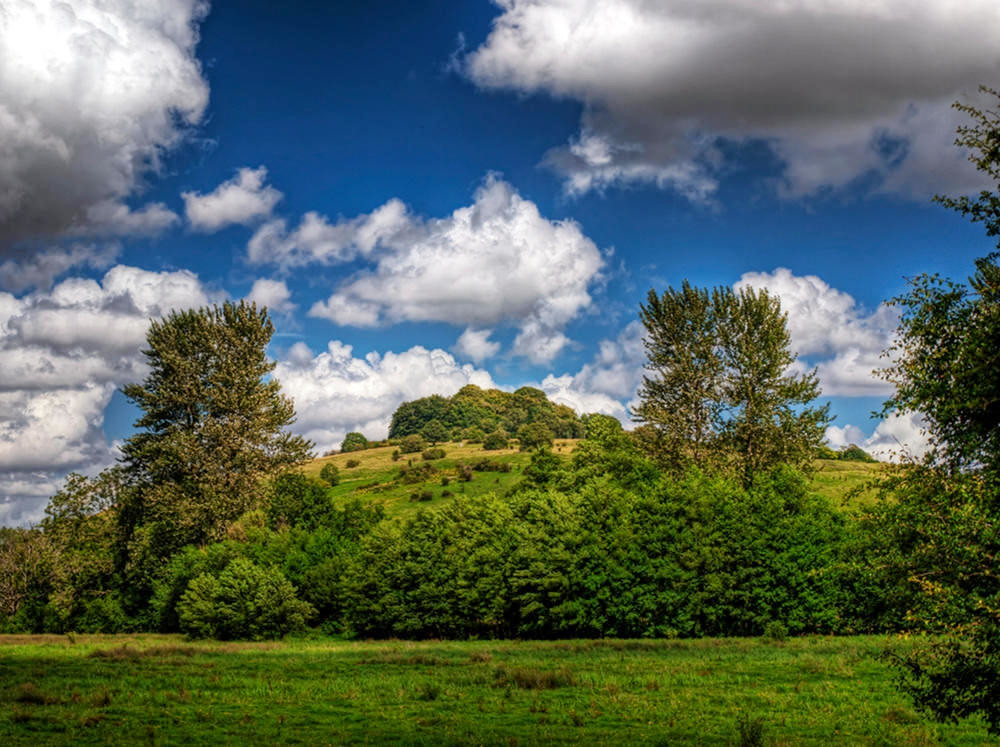
One day in 2000, a retired florist was out in the fields of Winchester hoping to get lucky with his metal detector and perhaps find something interesting.
Striking one of the most important Iron Age gold hoards for fifty years and valued at £350,000 ($457,000), he was a little more than lucky.
Housed in the British Museum, the Winchester Hoard is thought to be a lavish diplomatic gift dating from about 75-25 BCE.

2. Winchester Gothic Cathedral
Having the longest nave and overall length of all Gothic cathedrals in Europe, it comes as little surprise that Winchester Cathedral is the major landmark of the city.
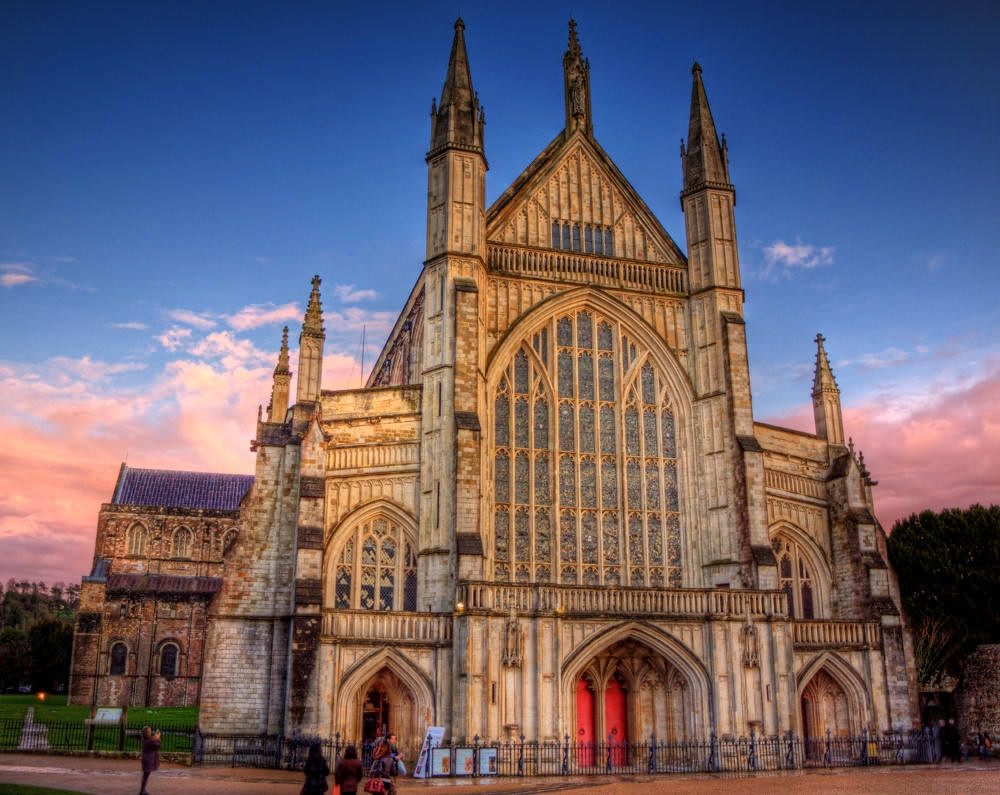
Originally founded in 642 and known as the “Old Minster”, it was demolished by the Normans in 1093 and a new cathedral built in its place.
Squat and square, the tower is 150 ft tall which pales in comparison with Salisbury Cathedral’s 404 ft spire—just 25 miles to the west of Winchester.
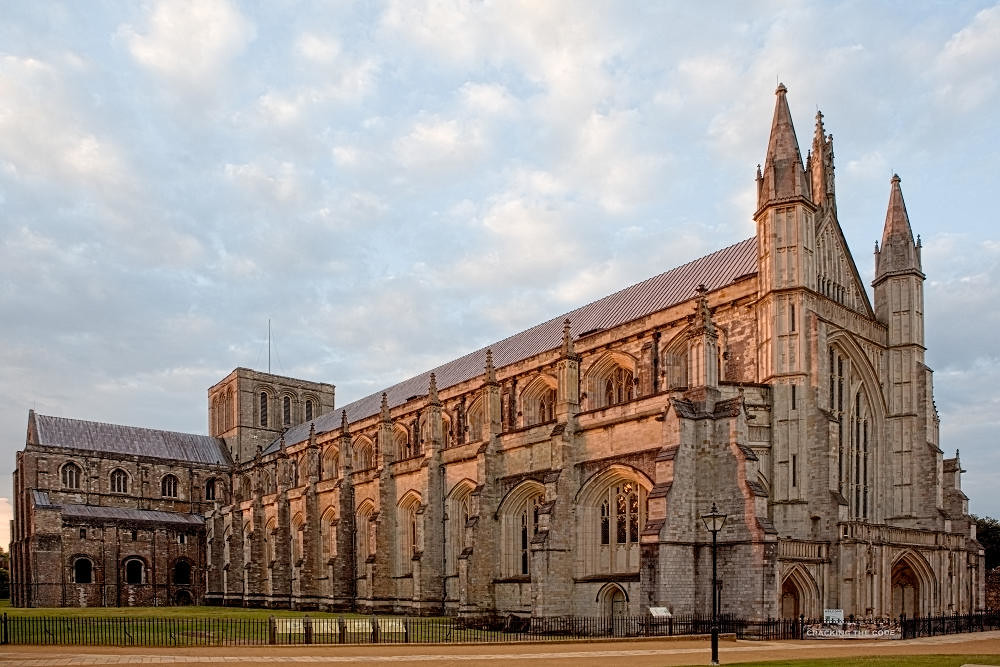
Some speculate that Winchester Cathedral may have later had a spire if funds had been available since spires were highly desirable.
But the current tower is the second after the first collapsed in 1107—an accident blamed on the impious William Rufus (William the Conqueror’s heir) who was buried in the Cathedral.
It’s possible this “bad omen” halted any plans for a spire that would reach to the heavens—which might have looked like the image below.
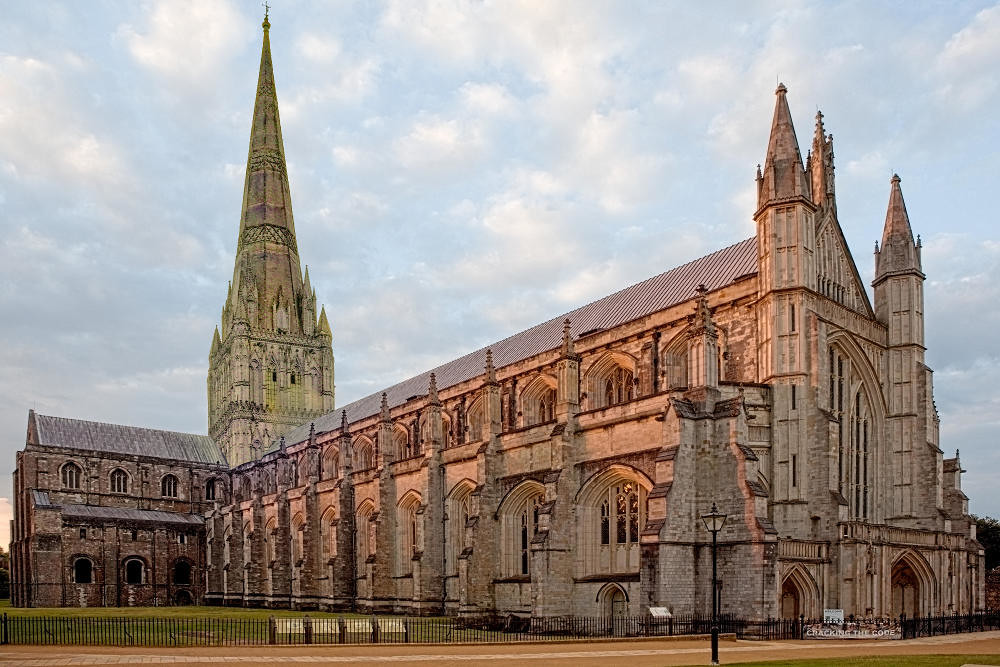

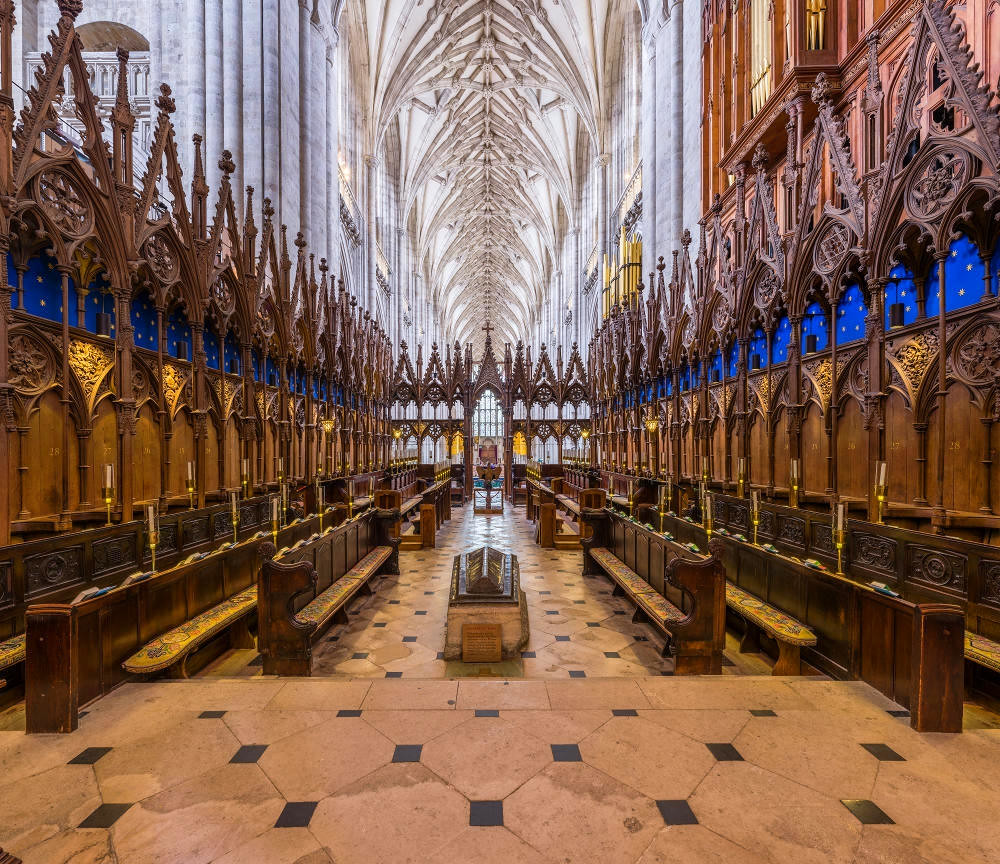
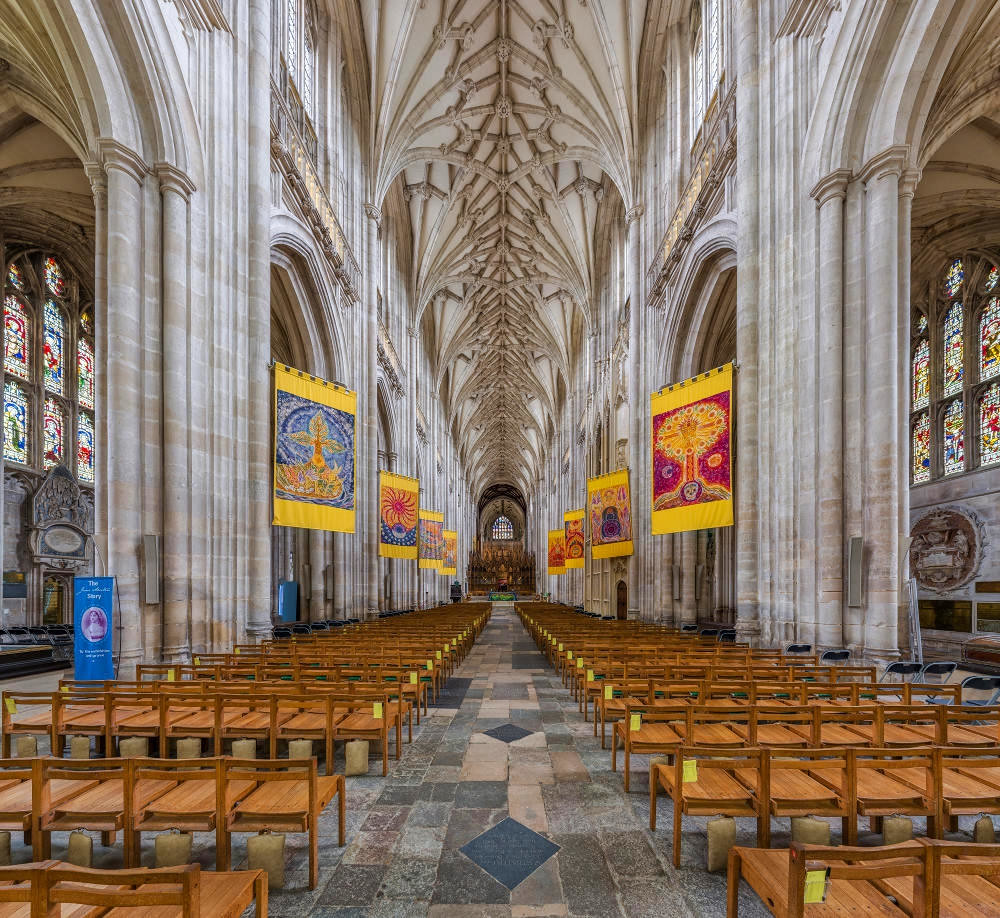
Honored as a beautiful statue, Saint Joan of Arc stares in vain at the Chancery Chapel of Cardinal Beaufort, Bishop of Winchester, a man who helped condemn her to death by burning at the stake in 1431.


Spire or no, Winchester Cathedral is beautiful inside and out, and whether out for a stroll in the grounds or a guided tour, the setting is absolutely magical.

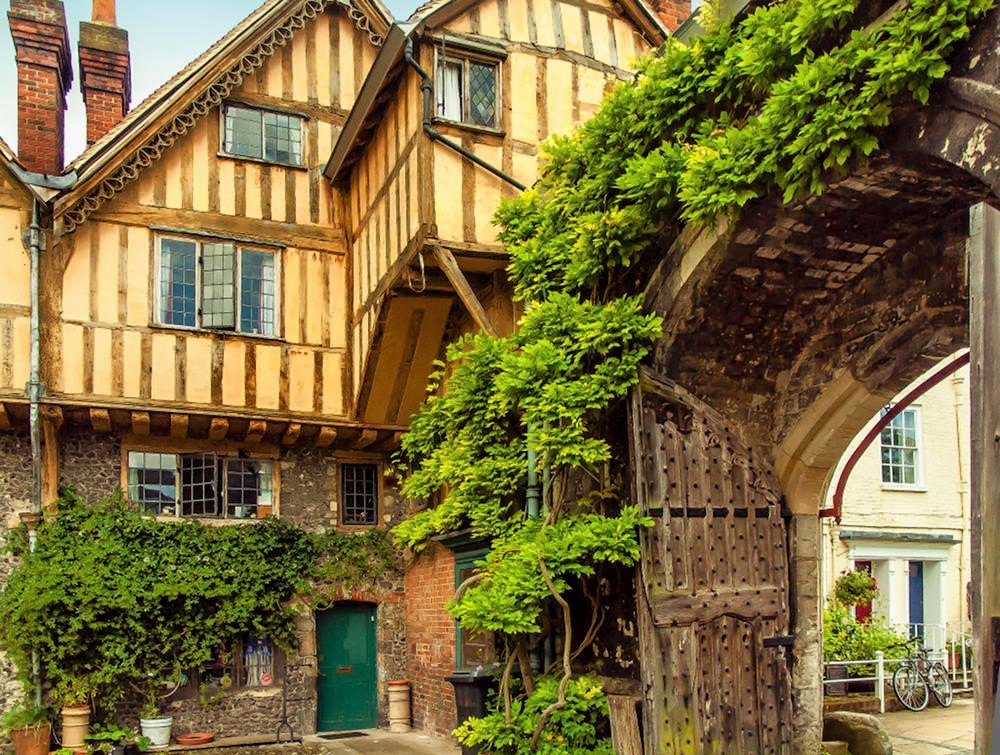
3. Winchester Castle and King Arthur’s Round Table
At one time, Winchester had a castle, of which only the Great Hall still stands, but it houses one of the greatest artifacts from Arthurian Legend—The Round Table.
Symbolizing equality since a round table has no head, by the close of the 12th century, it came to represent the chivalric order of King Arthur’s court and the Knights of the Round Table.

Normal poet Robert Wace said that Arthur created the Round Table to prevent quarrels among his barons, none of whom would accept a lower place than the others.
Arthur increased his personal entourage by inviting very distinguished men from far-distant kingdoms to join it.

In Celtic lore, warriors sit in a circle around the king or lead warrior.
British cleric Geoffrey of Monmouth says that after establishing peace throughout Britain, Arthur “increased his personal entourage by inviting very distinguished men from far-distant kingdoms to join it.”
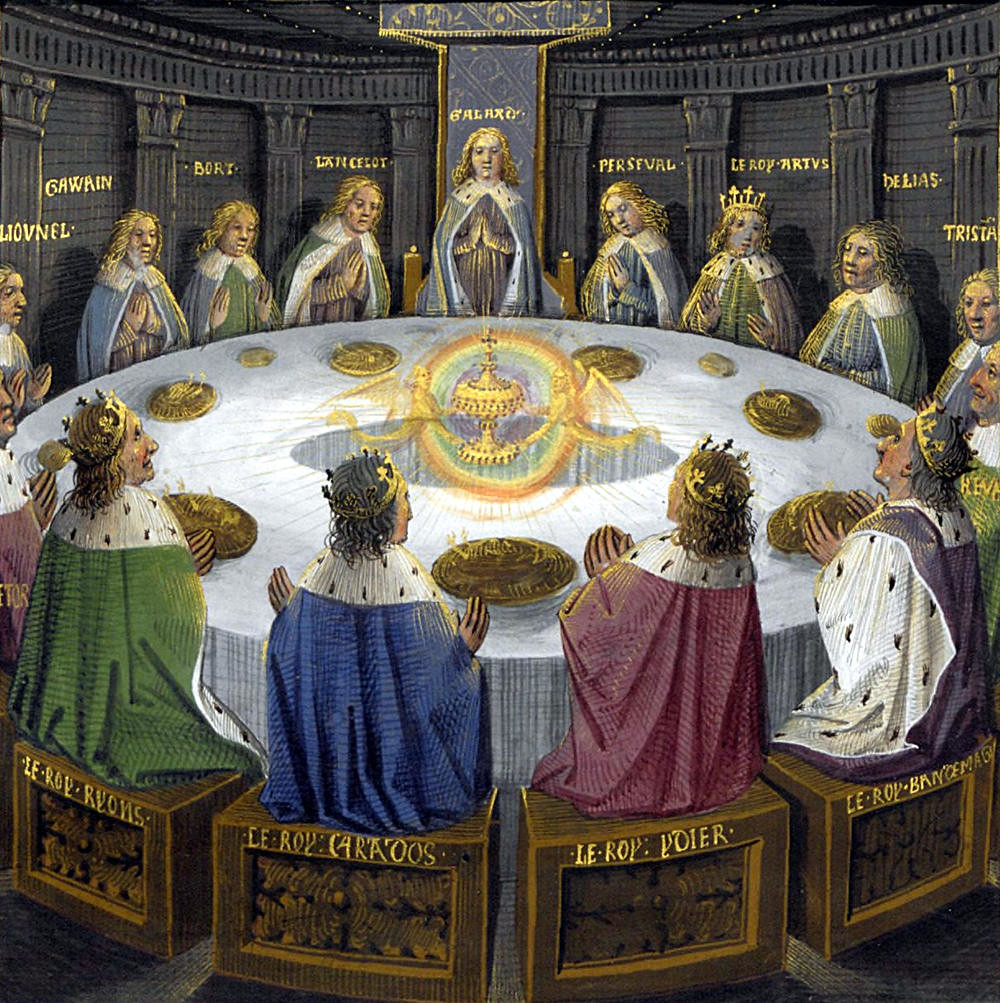

4. Winchester College
Claiming the longest unbroken history of any school in England, Winchester College was established in 1382 by William of Wykeham, Bishop of Winchester and chancelloer to Edward III and Richard II.
Founded in conjunction with New College, Oxford, it was meant to prepare students to attend Oxford University.
Eton College and King’s College, Cambridge would later follow the same model.

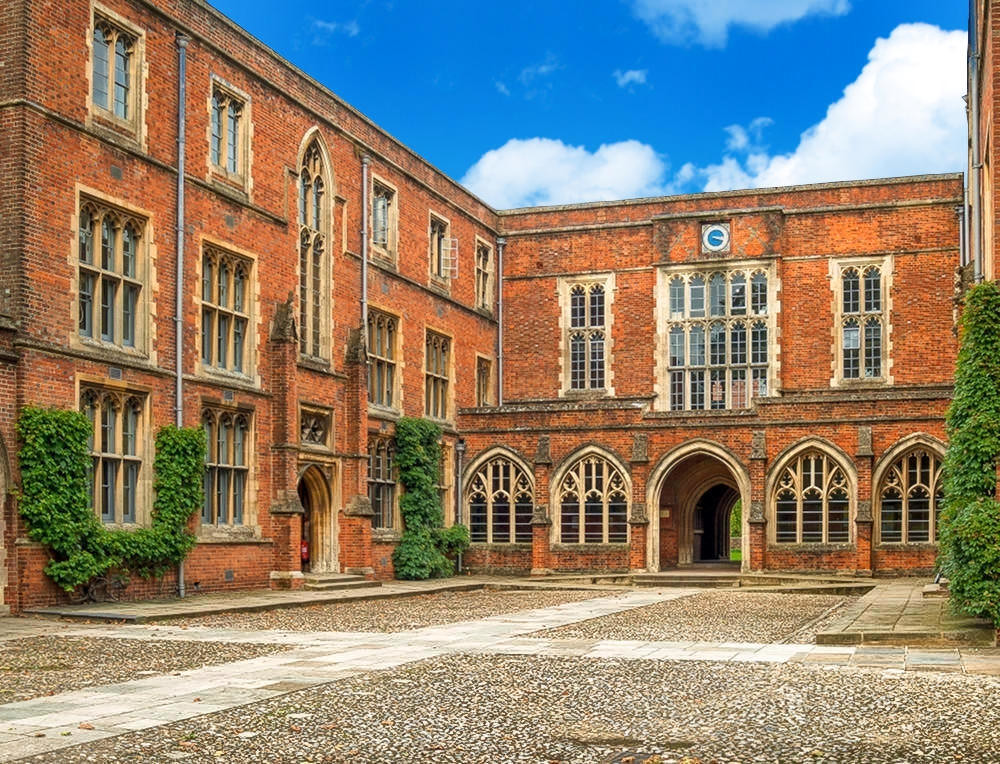
Be sure to pop into the Wykeham Arms pub for a bite to eat and a pint of delicious local ale.
You can even sit at old school desks from the college, complete with ink wells.
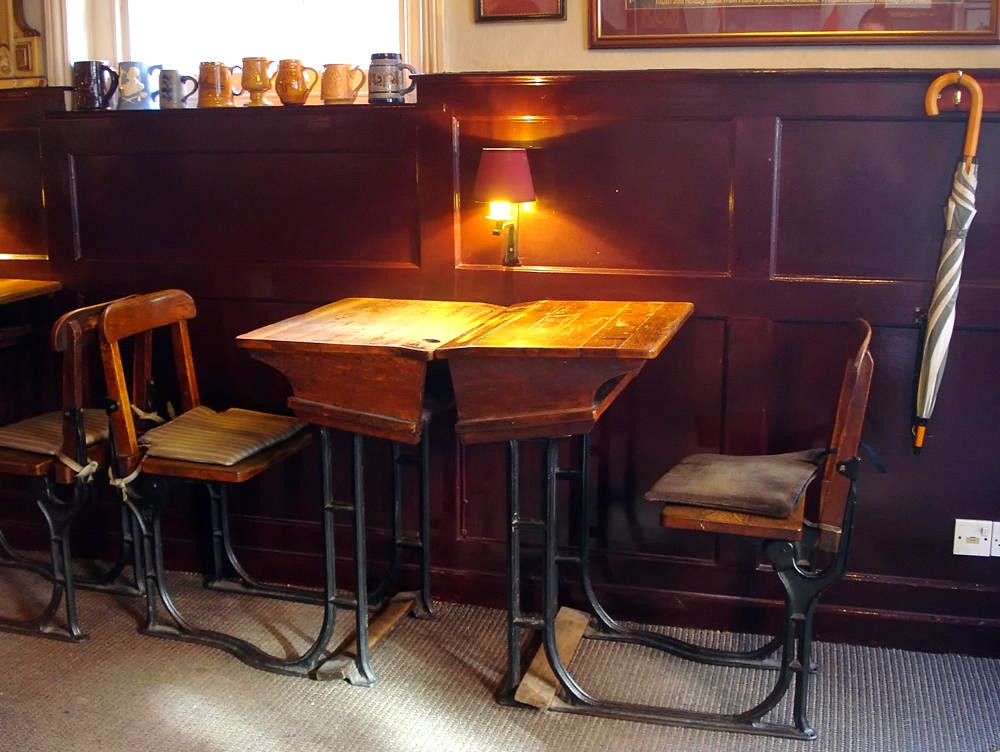
An independent boarding school for boys in the British public school tradition, according to Tatler Magazine, 35% of leavers in 2015 had places at Oxford or Cambridge; most of the rest attended other universities, including those in North America.
Performance like that doesn’t come cheap, with fees of £38,100 per year (almost $50,000 per year).
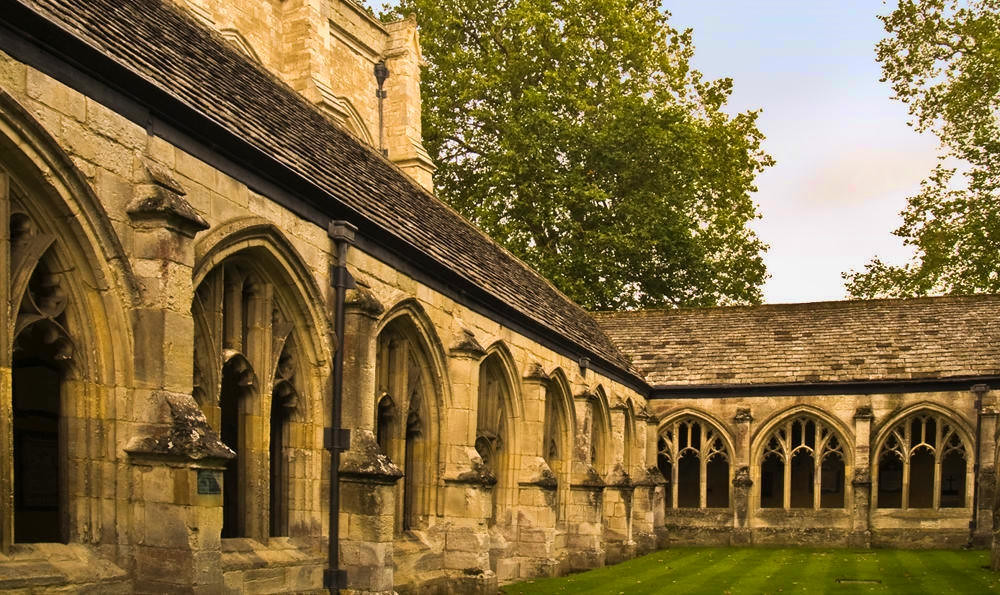
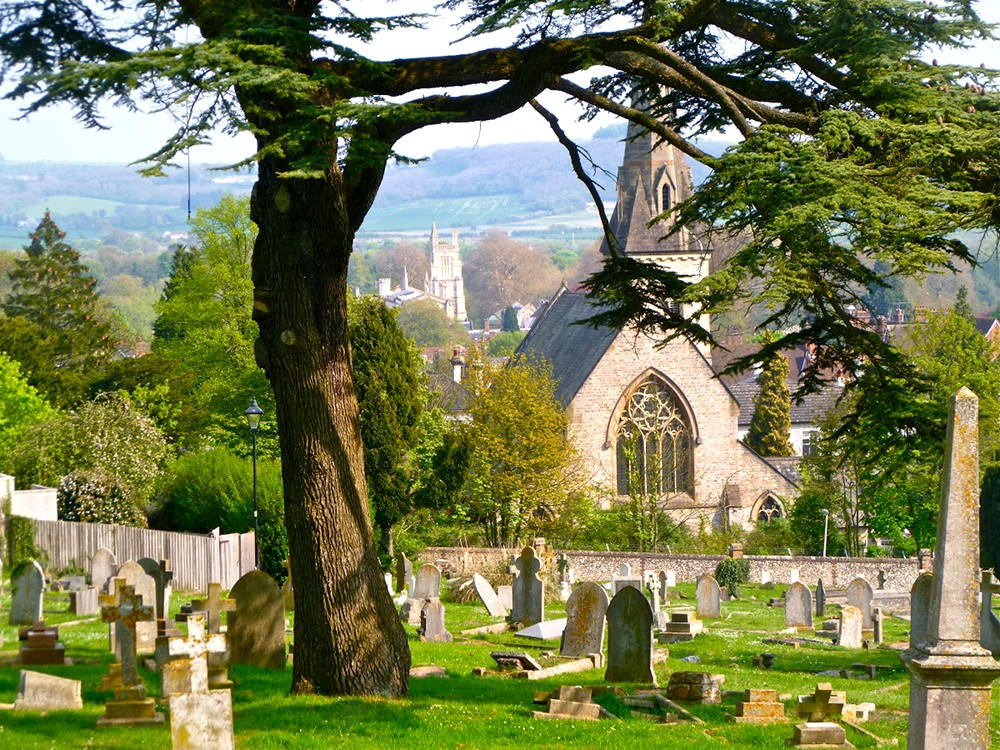
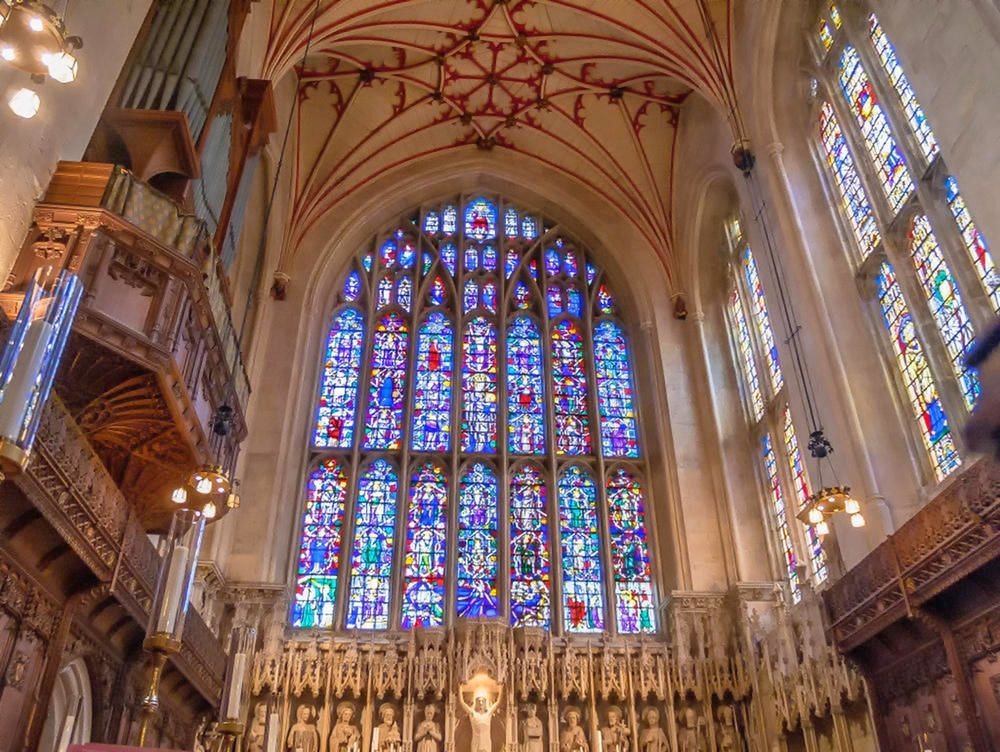
5. Jane Austen’s House
Living in Chawton, Hampshire, about 18 miles north-east of Winchester, Jane Austen started feeling unwell early in the year of 1816.
When her uncle died leaving nothing of his fortune to his relatives, her condition deteriorated and by mid-April she was bed-ridden.
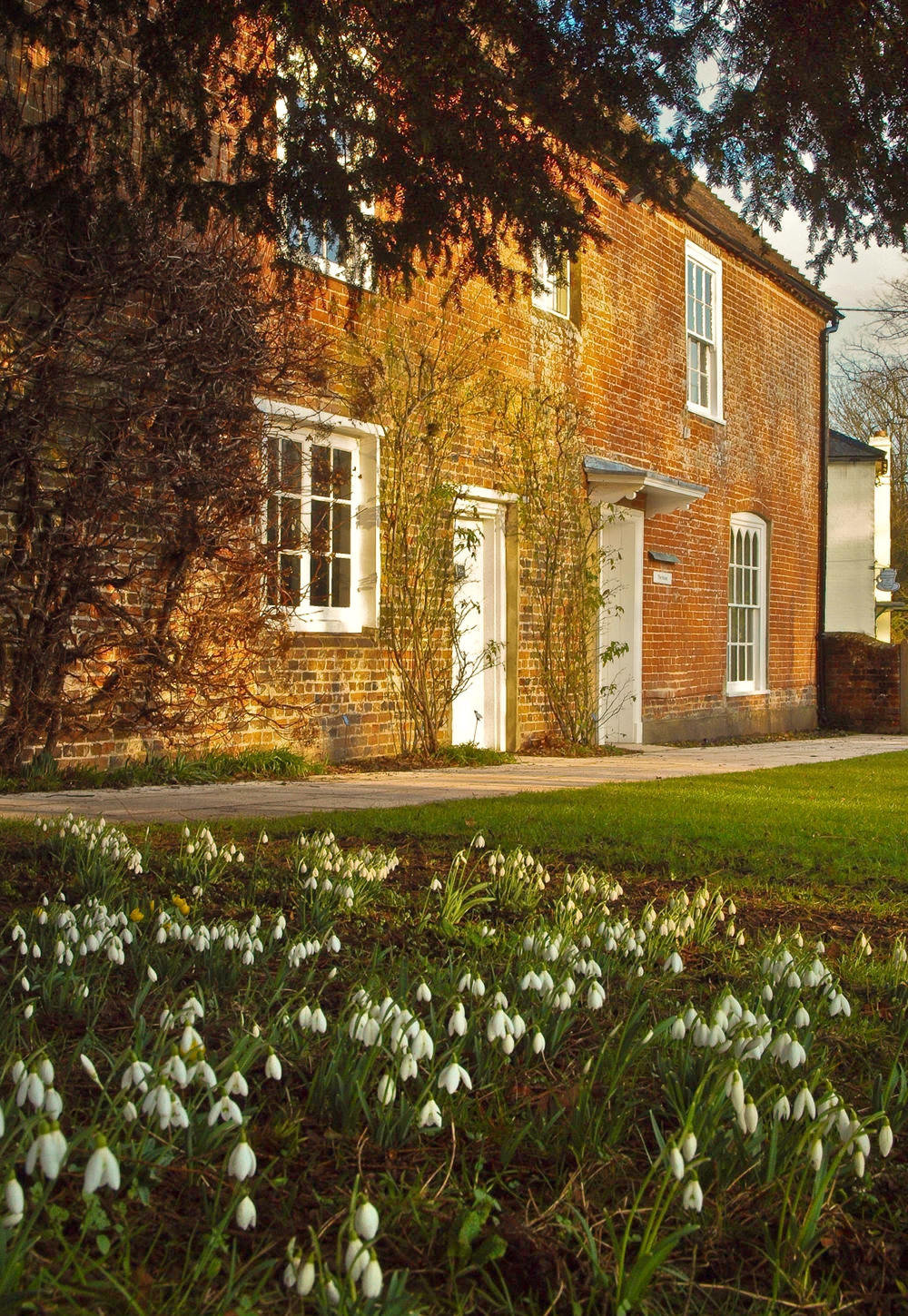
Suffering agonizing pain, her sister Cassandra and brother-in-law Henry brought her to Winchester for treatment in May.
She lived here, at 8 College Street, Winchester for the last few weeks of her life.
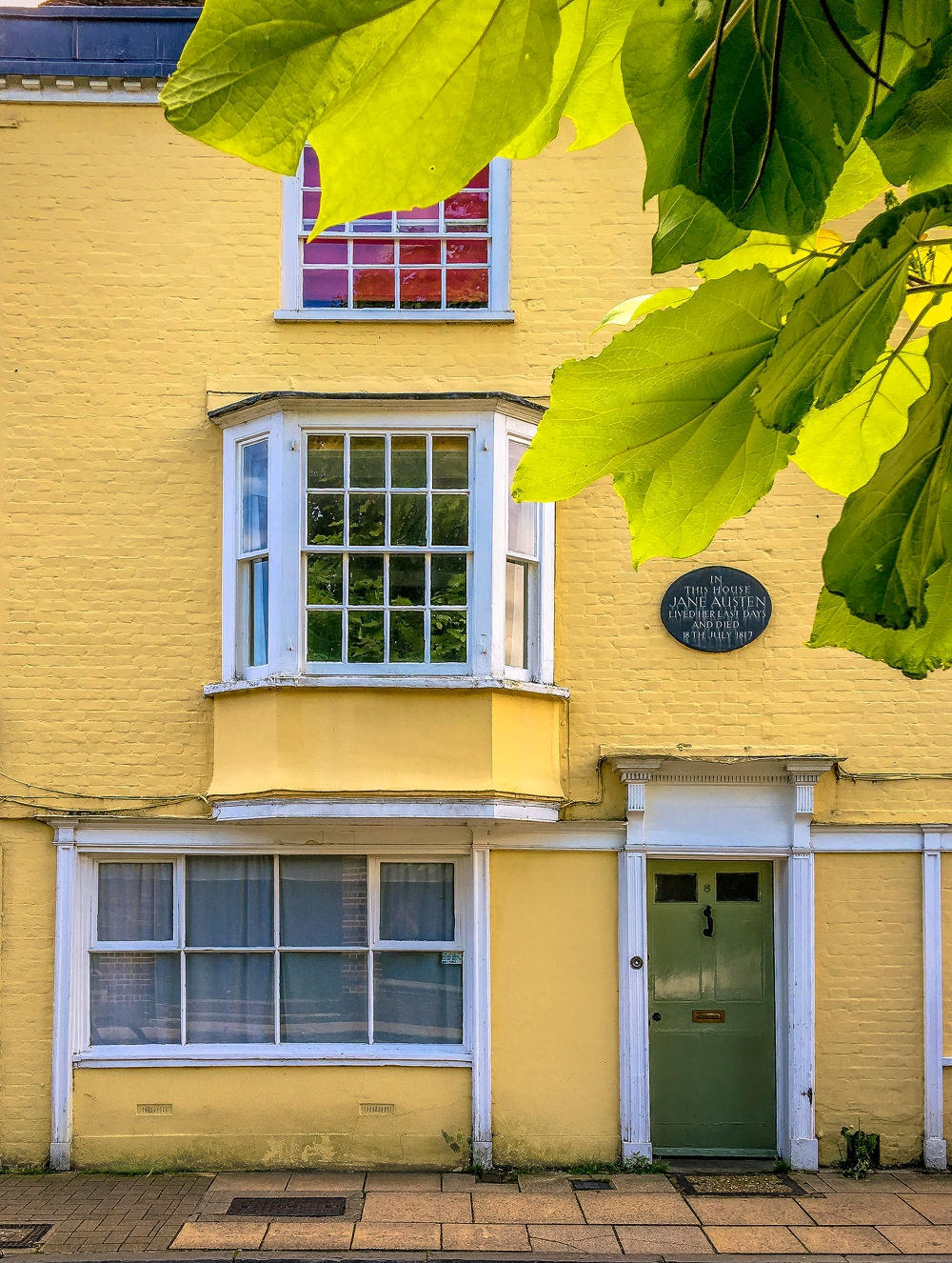
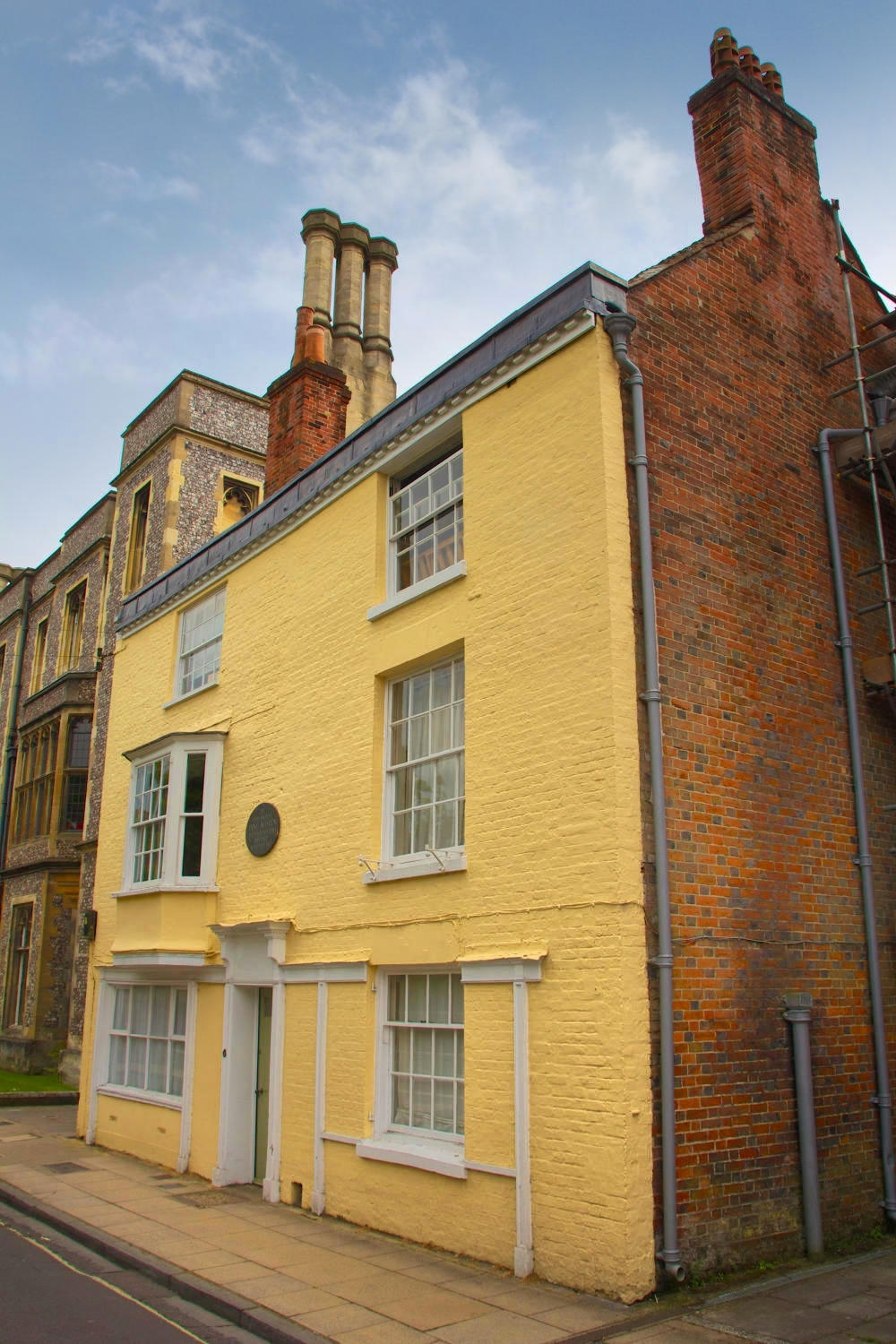

Click here to see Jane Austen’s House in Winchester
On 18 July, at the age of 41, Jane Austen, one of the most prolific writers of the Regency Era, passed to another place free from pain.
She is buried in the north aisle of the nave of Winchester Cathedral.
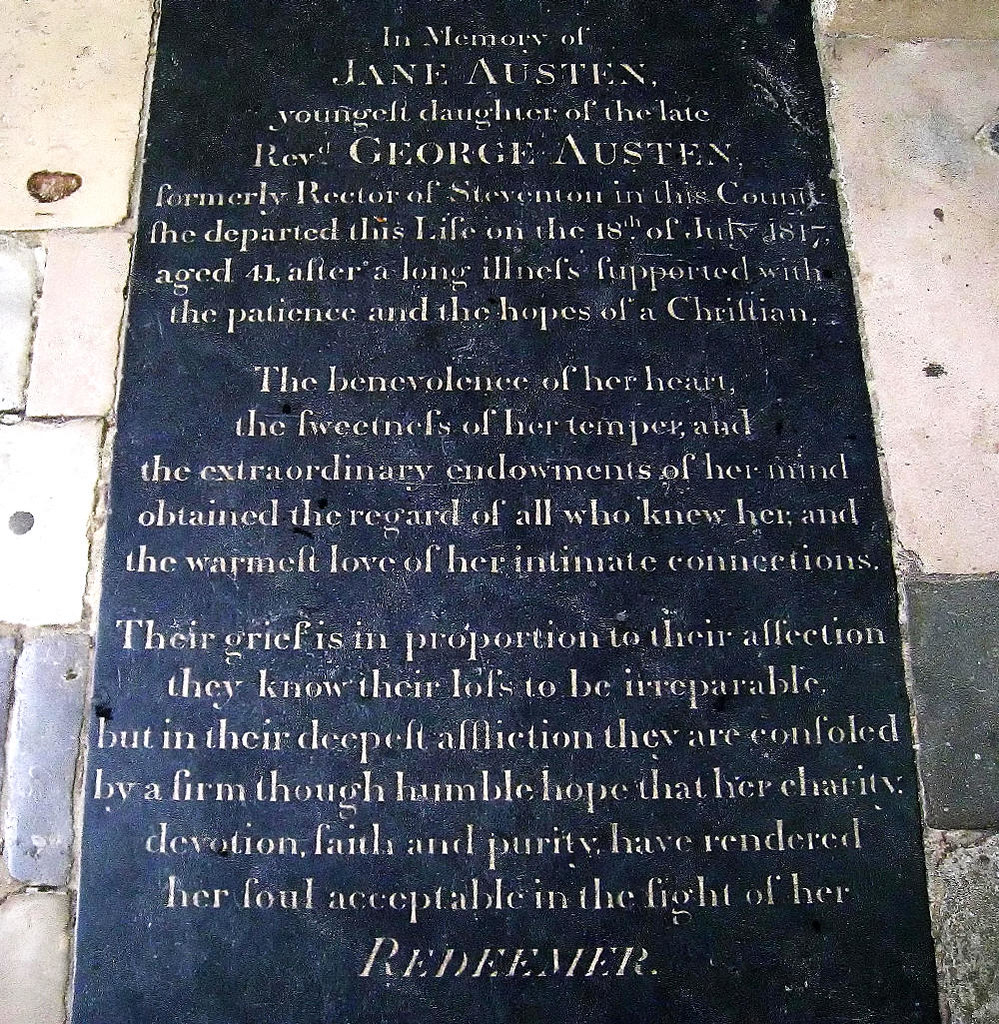
6. Ancient City Walls, Streets, and the River Itchen
When you enter Winchester through one of the medieval arched gateways, you get a buzz—a feeling that this is going to be special, that you are traveling back in time to a land of Anglo-Saxon Kings, Knights, Bishops, and peasants.
In short, Winchester has atmosphere.
Parts of the medieval city walls still stand, strong and imposing, forever protecting the city inhabitants.
Sat here, time stands still, allowing your mind to wonder how many travelers passed this way on pilgrimages to the magnificent cathedral.
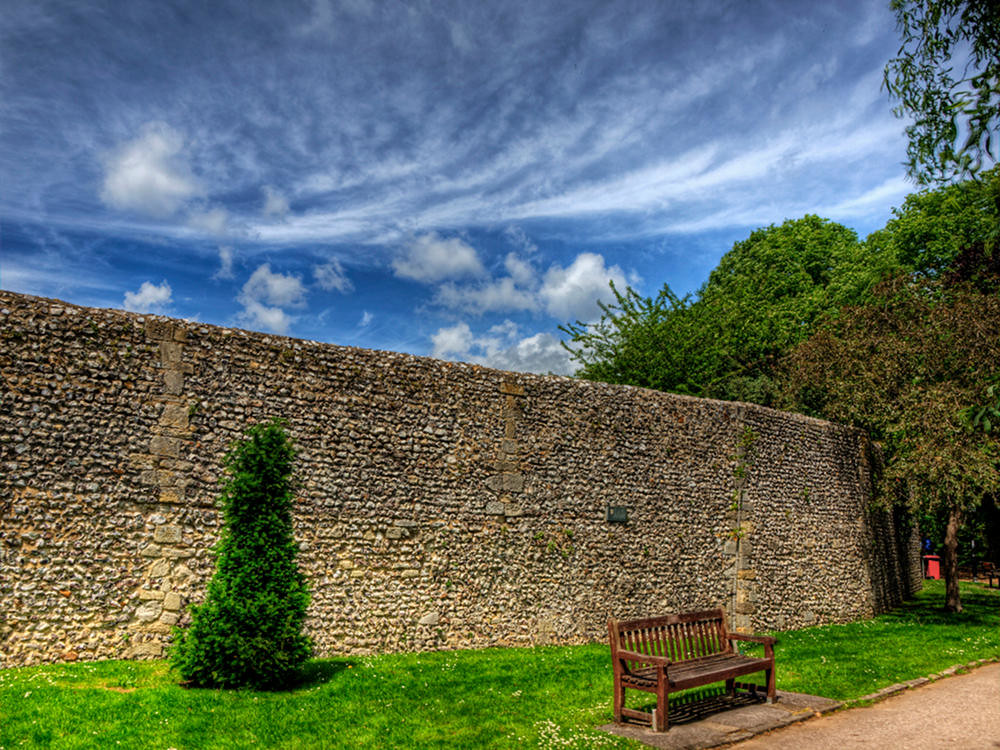
Fortunately, advances in city architecture have left Winchester largely free from blight.
It’s a city with relatively few brutal buildings from the 60’s and 70’s and has remained beautiful for hundreds of years.
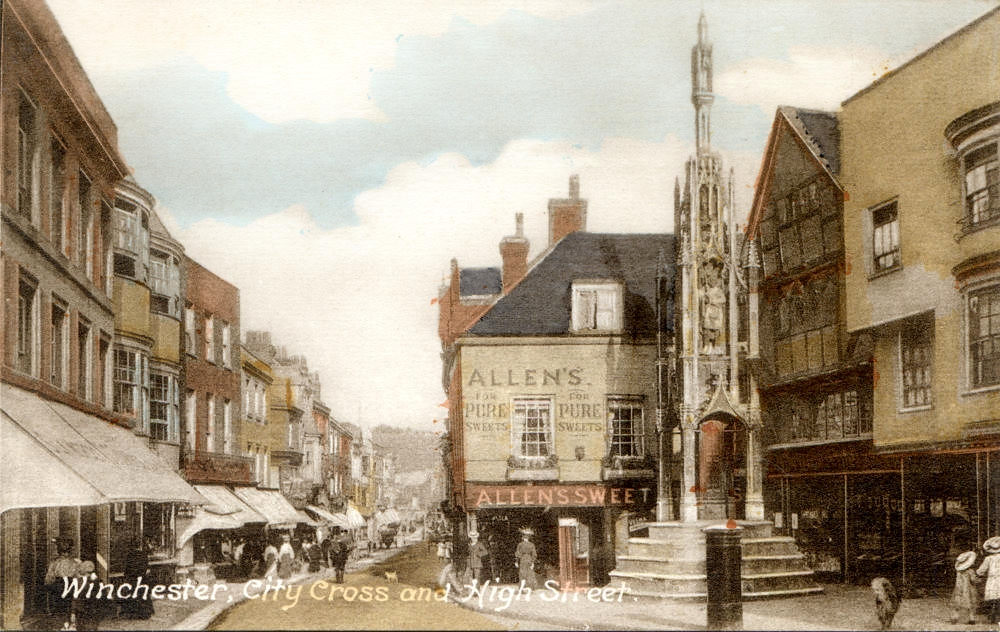
The town clock still reminds you what time it is regardless of how many carry mobile phones.

There’s time to enjoy the simpler things in life.

The Victorians appreciated aesthetics—their gothic revival architecture blended with the medieval to keep the mythical past alive.
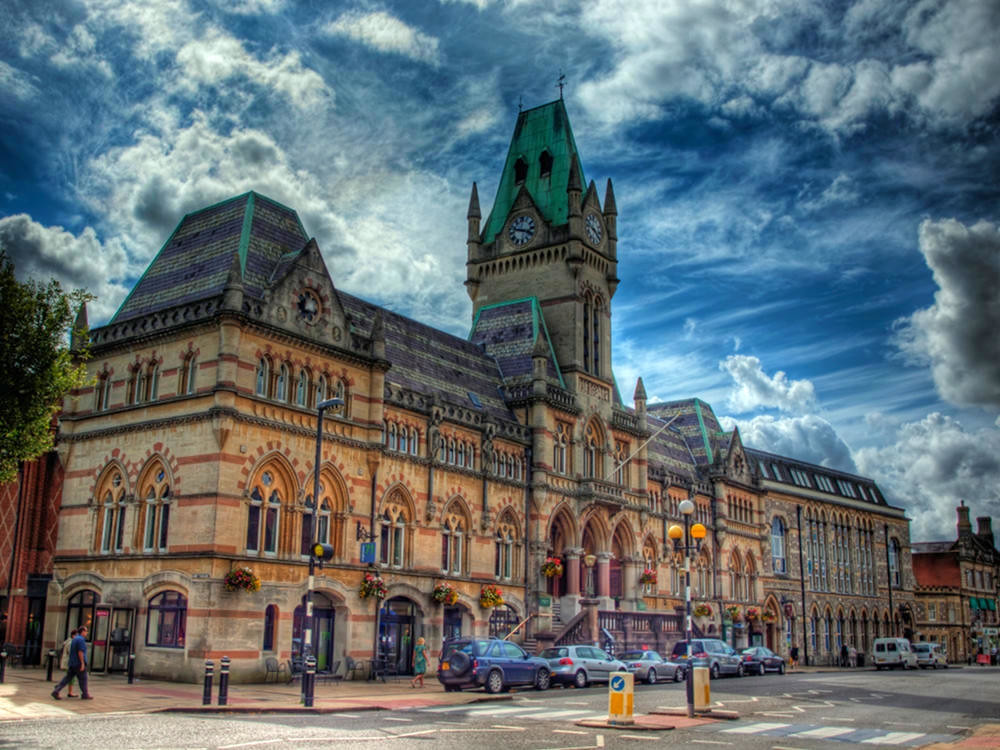
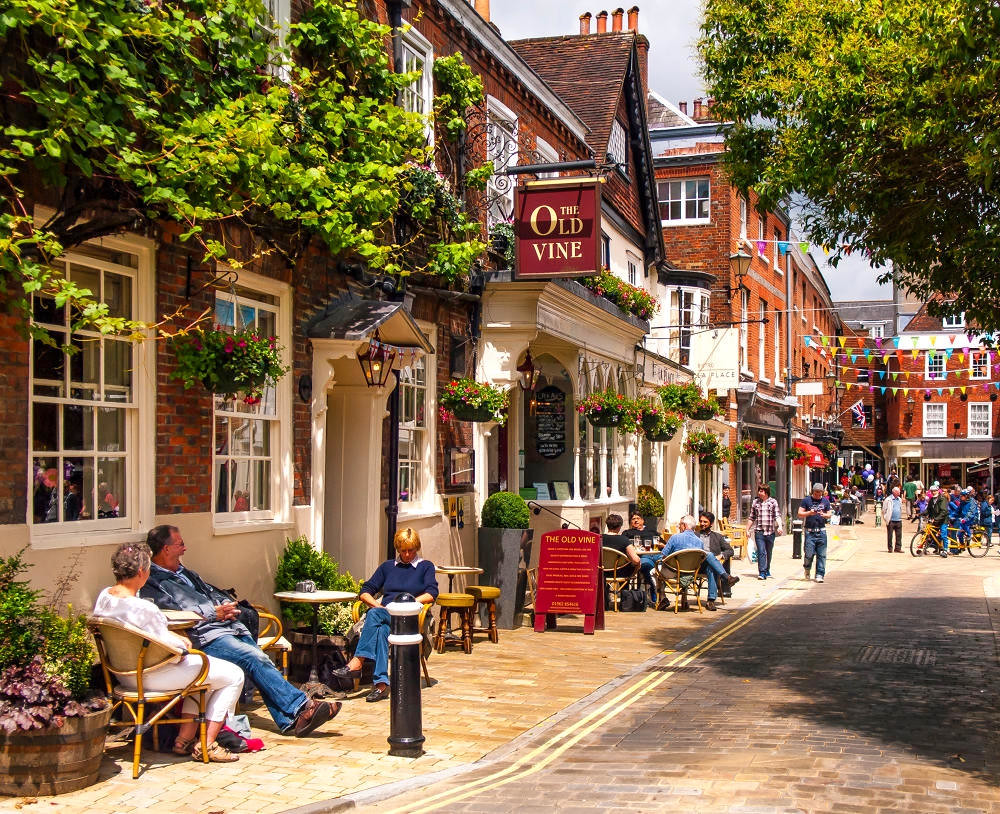
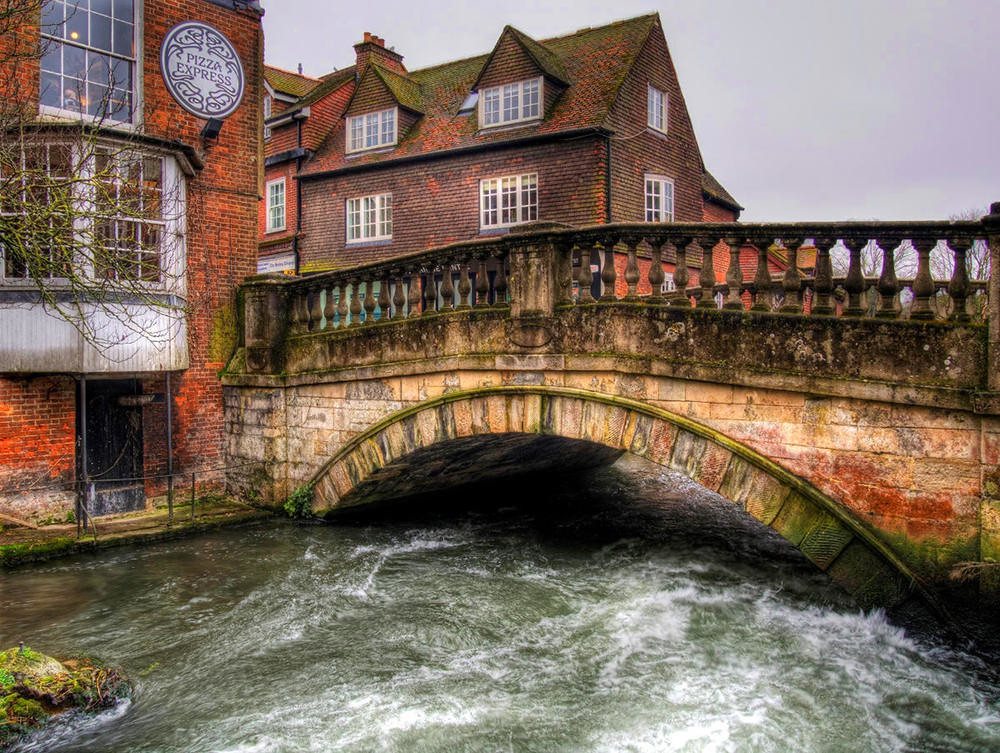

Powered by the River Itchen, the old City Mill is probably the country’s oldest working watermill, with over a thousand years of history.
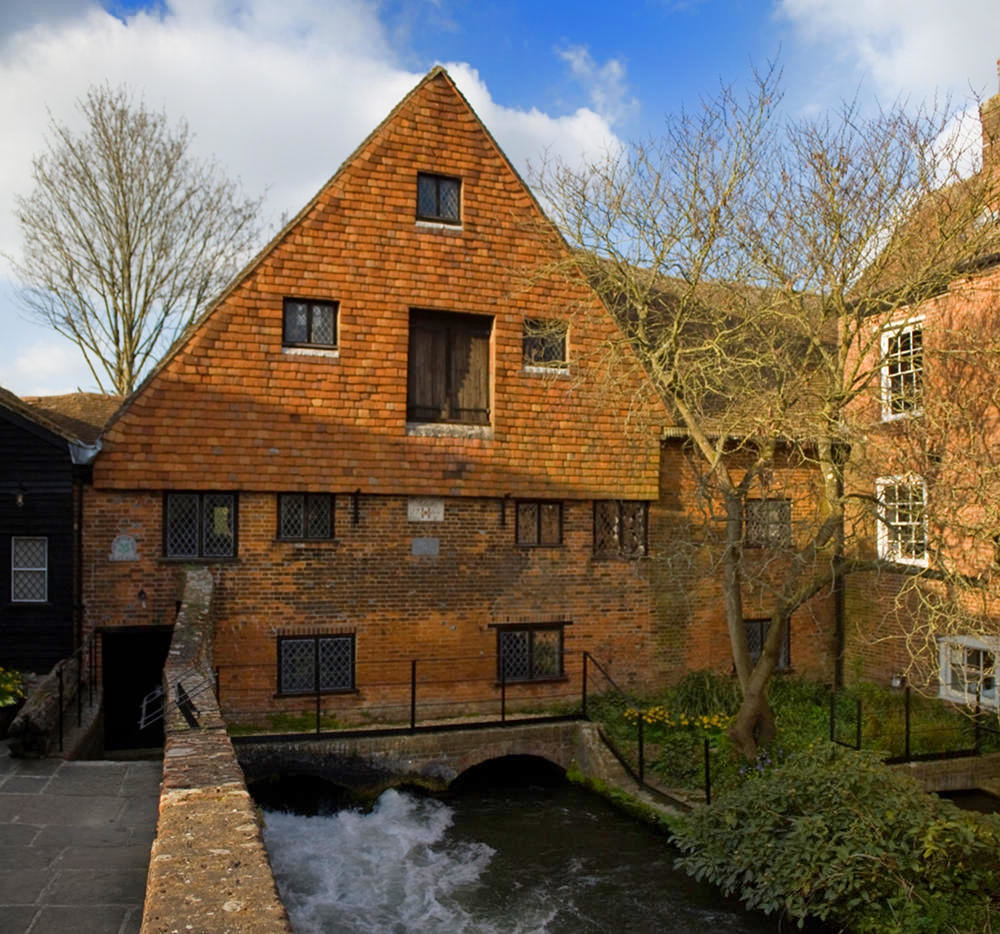
7. Hospital of St Cross and Almshouse of Noble Poverty
Founded in the 1130s by Henry de Blois—the Abbot of Glastonbury Abbey, Bishop of Winchester, and grandson of William the Conqueror—the Hospital of St Cross and Almshouse of Noble Poverty is the oldest charitable institution in the United Kingdom.
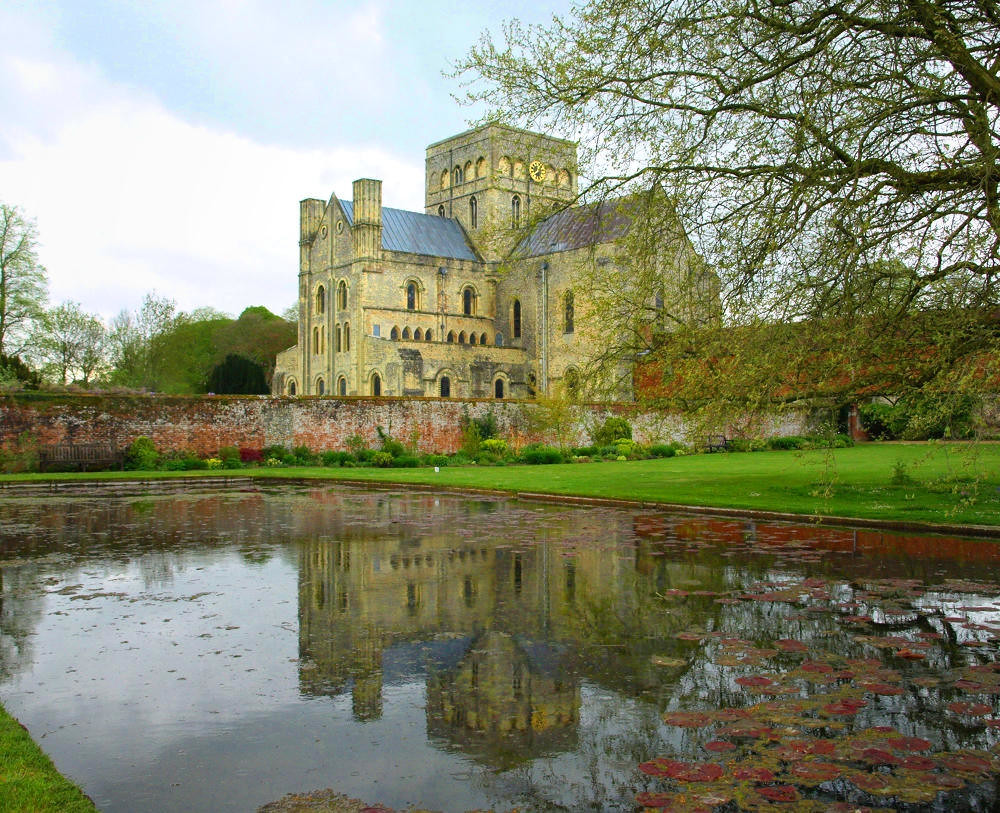
Built on the scale of an Oxbridge college, the almshouses are the largest medieval examples in Britain.
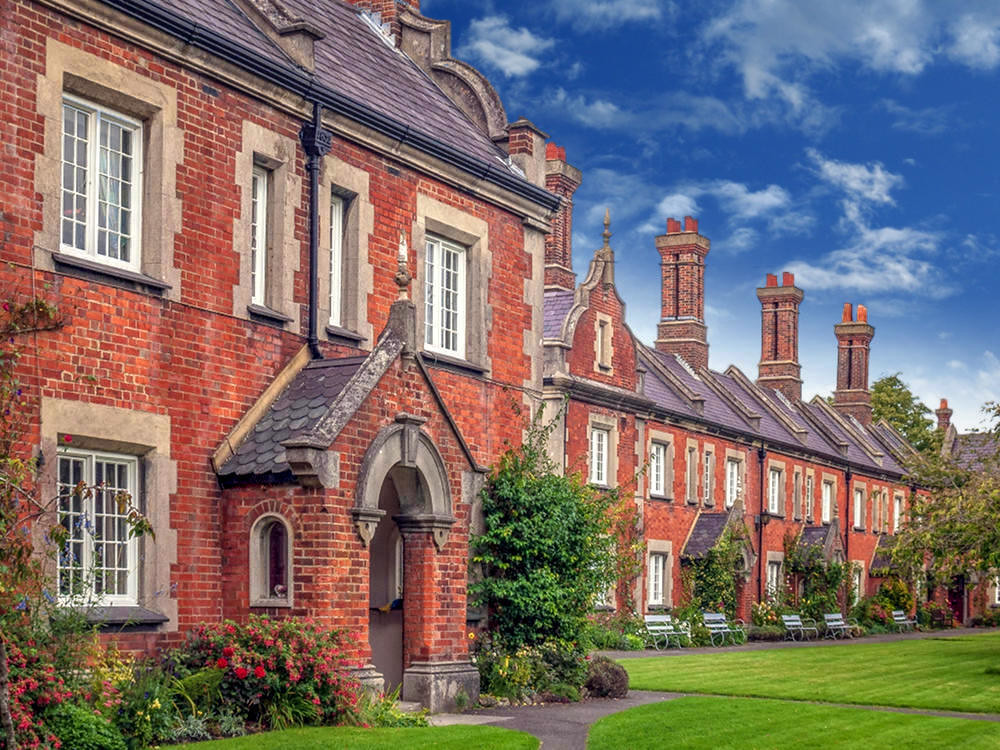
Since at least the 14th century, and still available today, a ‘wayfarer’s dole’ of ale and bread has been handed out at the chapel.
The sustenance was supposedly instigated to aid pilgrims on their way to Canterbury.
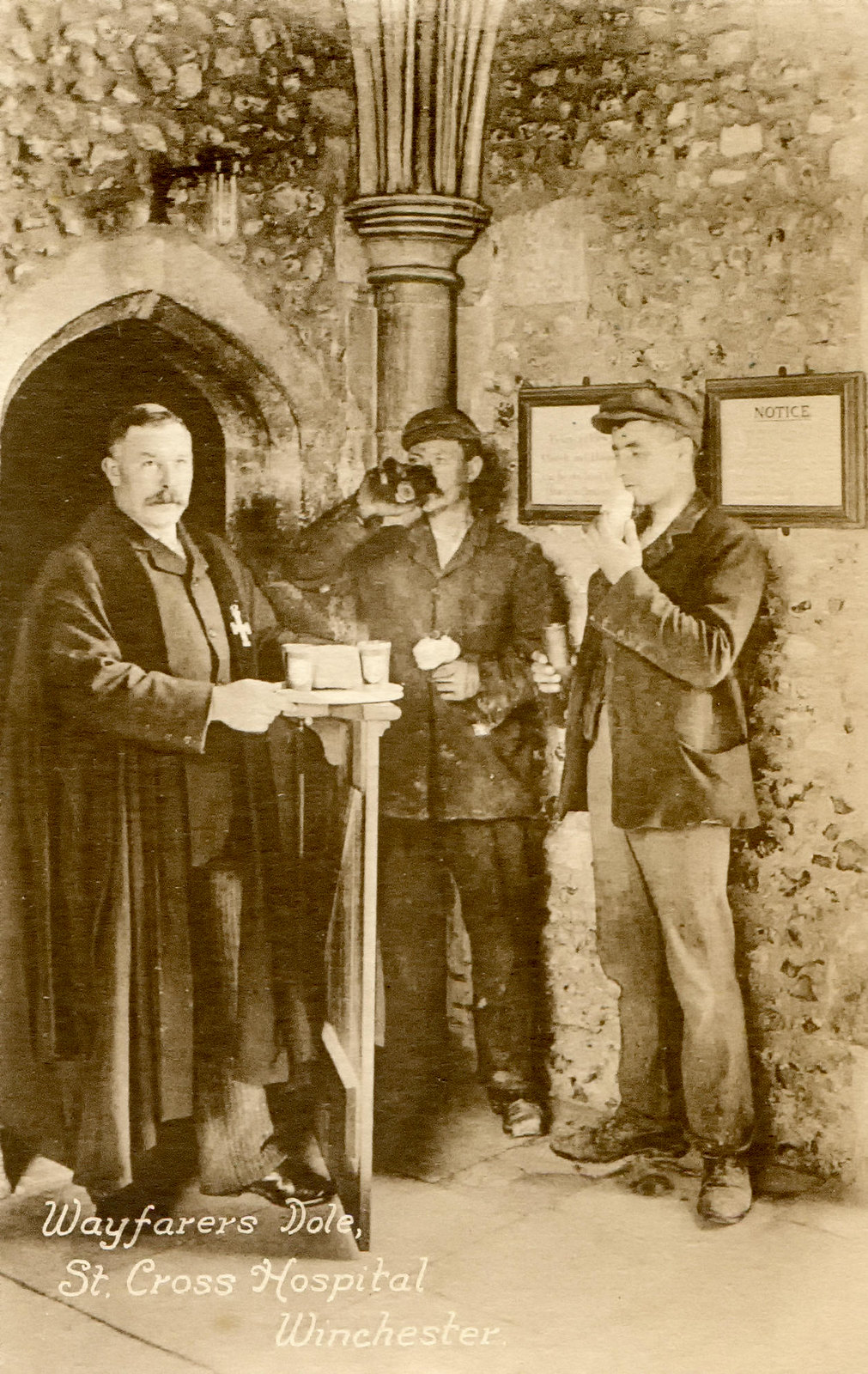
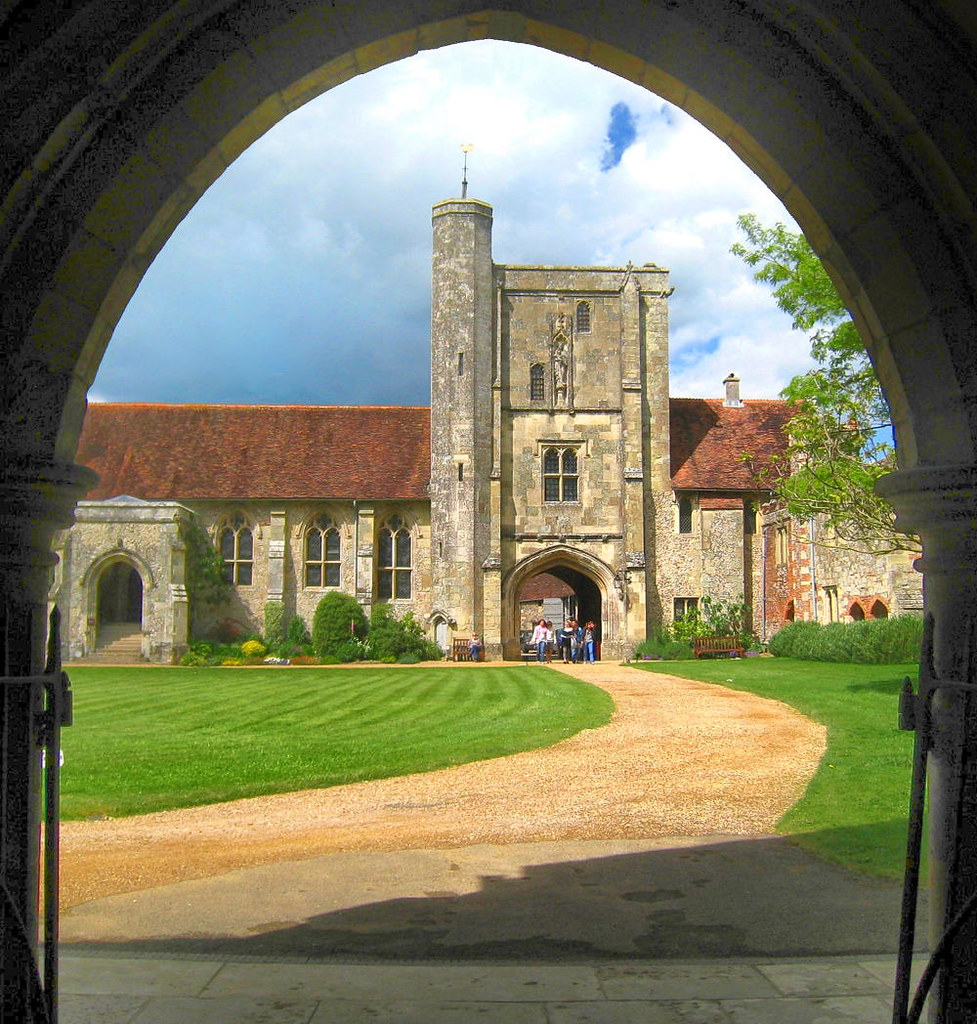
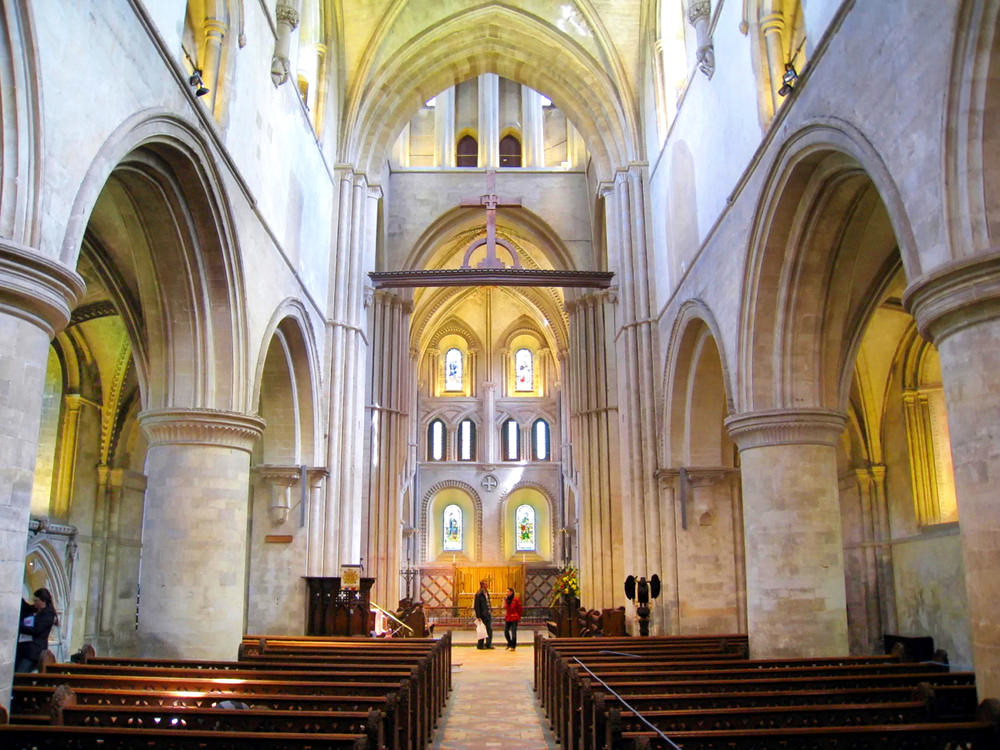
8. Street Theatre, Fairs, and Farmers Market
Just as our medieval forebears enjoyed street entertainments, so too do Winchester residents who gather on the cathedral lawns or the High Street to celebrate street theatre during the summer festival season.
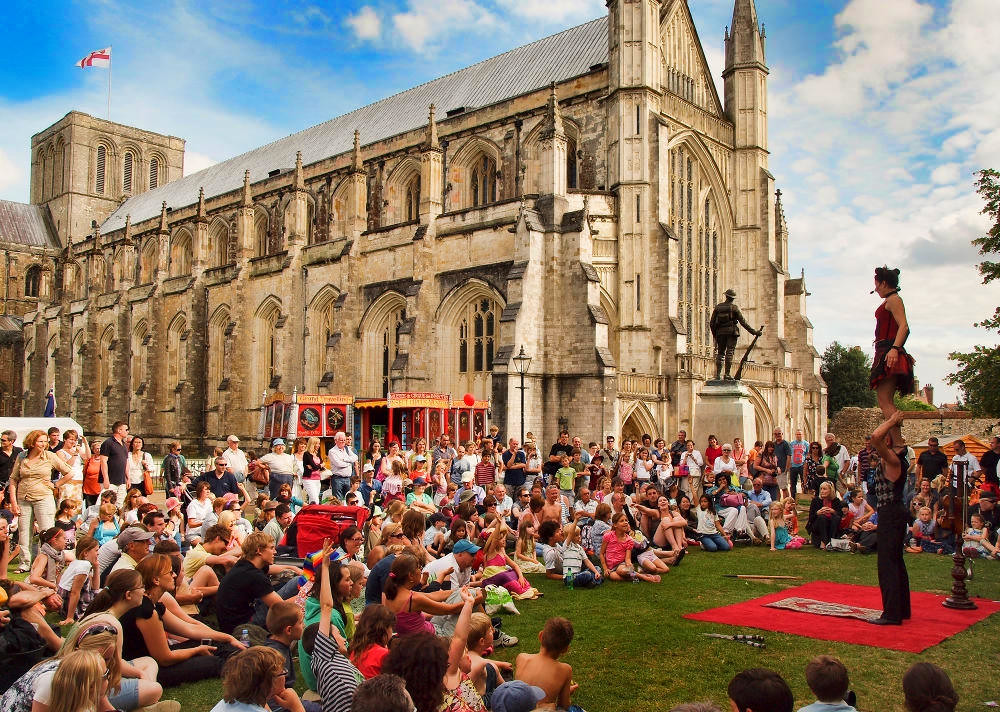

Winchester hosts one of the UK’s largest farmers’ markets, with about 100 stalls of fresh locally grown produce.

During the Christmas holiday season, hundreds of children holding paper lanterns process along the High Street to the Cathedral Close to mark the opening of the Christmas Market and Ice Rink.
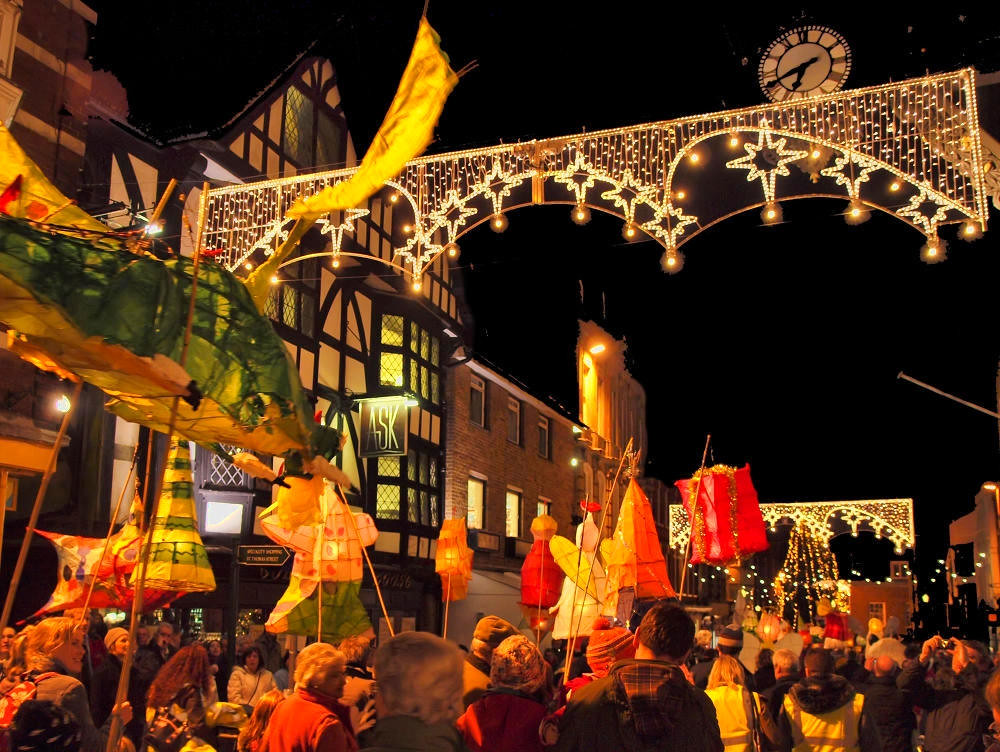
9. Walking, Cycling, and Surrounding Countryside
Whether you’re working off a big evening meal with a pleasant stroll or engaged in a more active pursuit, Winchester’s walks are a delight for the senses.
From the City centre, there is a lovely 20-minute walk along the riverside footpath to the ancient Hospital of St Cross and Almshouse.

How much more enjoyable does it get to soak up Winchester’s sights than on a bicycle made for two?
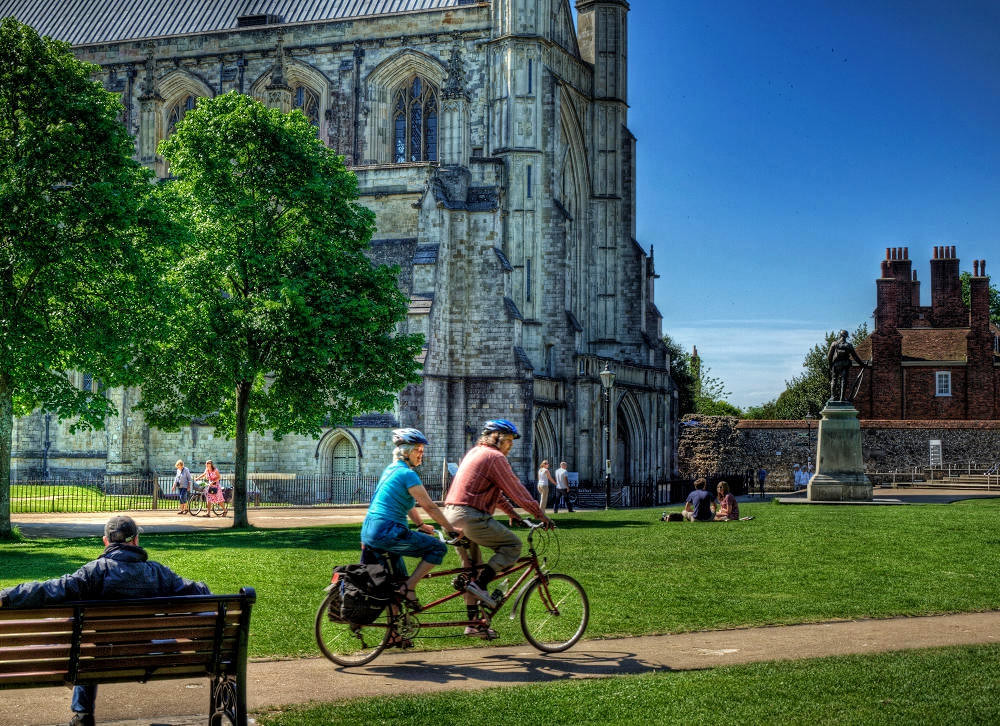
Hampshire’s countryside, towns, and villages are some of the prettiest in Britain, with fields of green and bright yellow stretching for miles.
An ancient Roman road that is now a footpath will take you on an adventure from Winchester Cathedral to Salisbury Cathedral—this is “Pillars of the Earth” country.

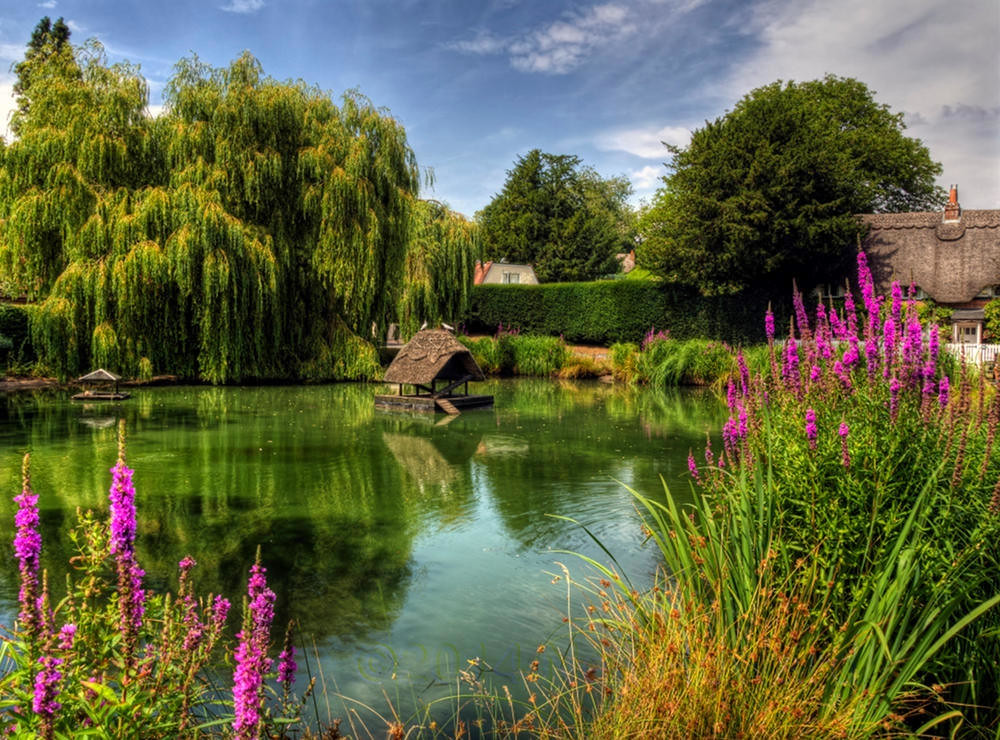
Hampshire is one of the best counties to see gorgeous thatched cottages.
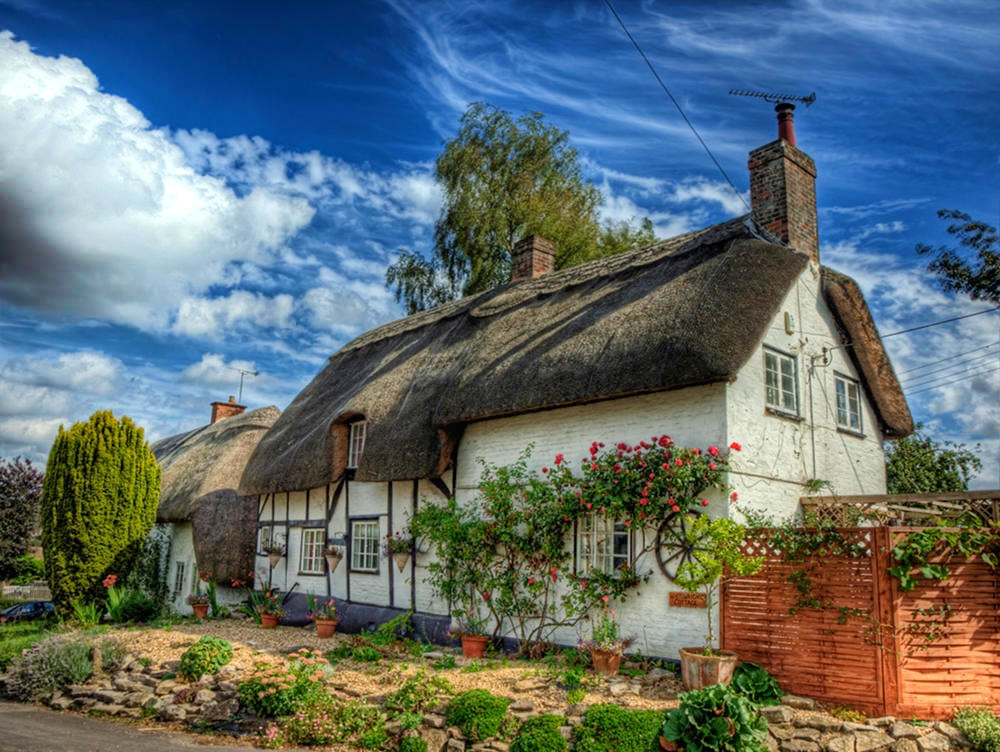
Click here to see thatched houses in East Stratton, near Winchester


10. Cafes, Pubs, and Restaurants
Winchester boasts some of the oldest pubs in Britain.
From debating the best way to grow prize roses to who will win the county cricket championships, there’s not much beats a glass of wine al fresco.
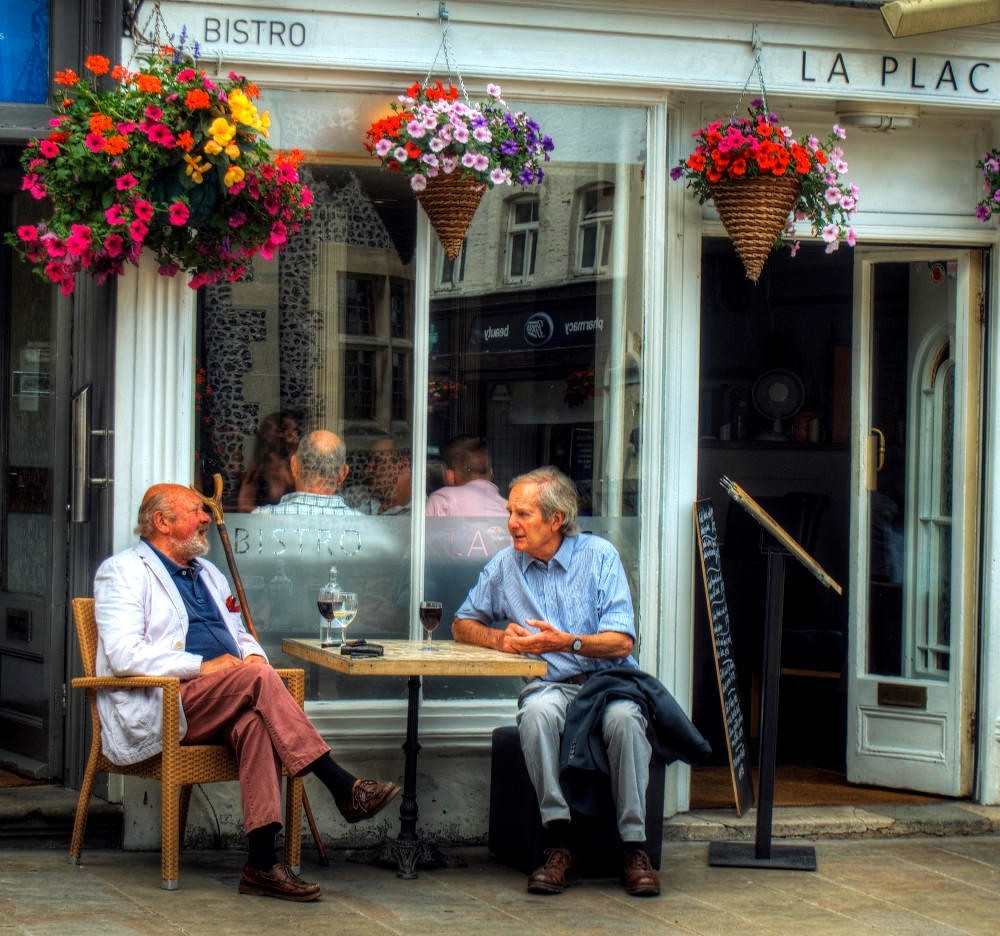
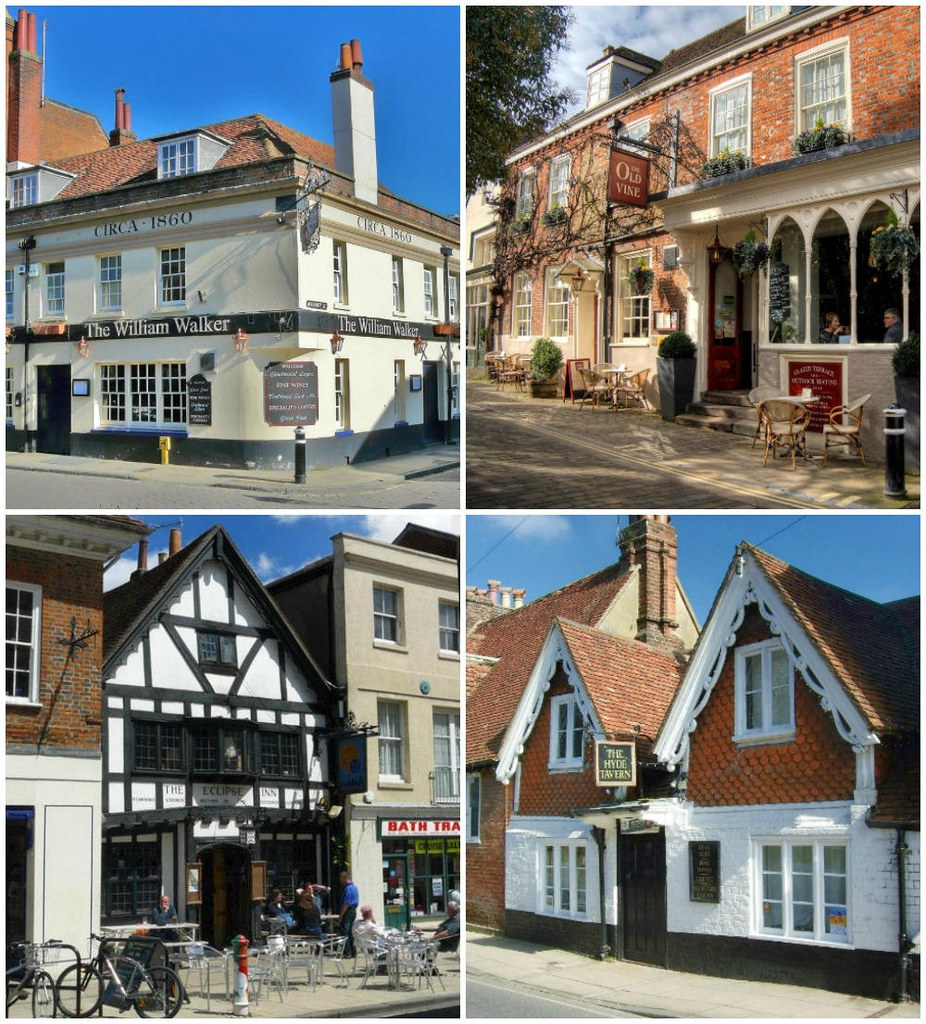
Delightful pubs and restaurants abound in Winchester.
Whether you’re looking for a delicious lunch at the Chesil Rectory—Winchester’s oldest house—or something French for evening upscale dining at the Hotel du Vin, Winchester is sure to be one of your best and favorite memories.

